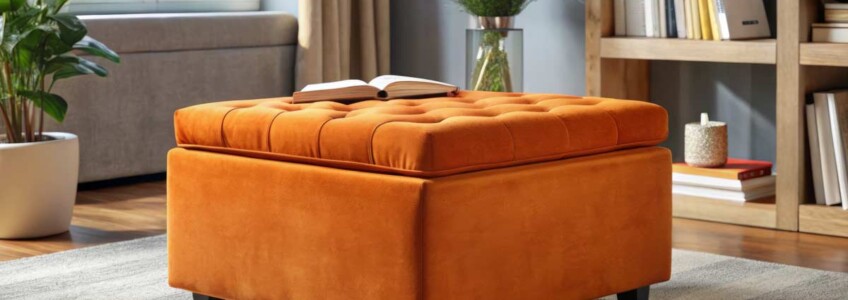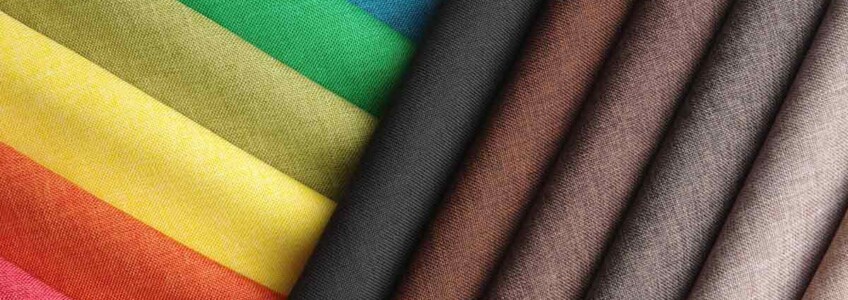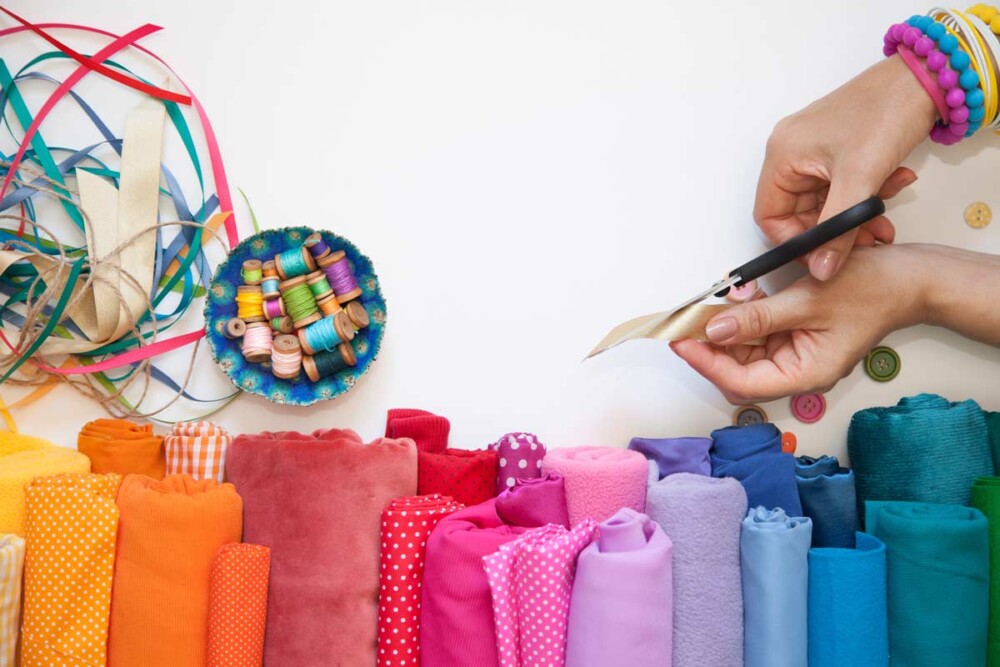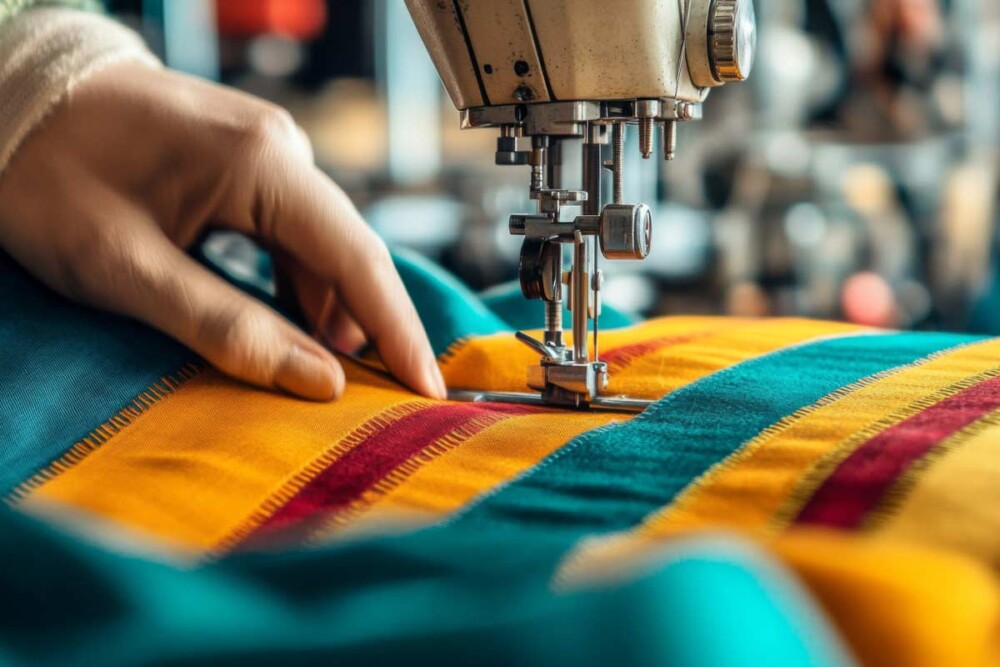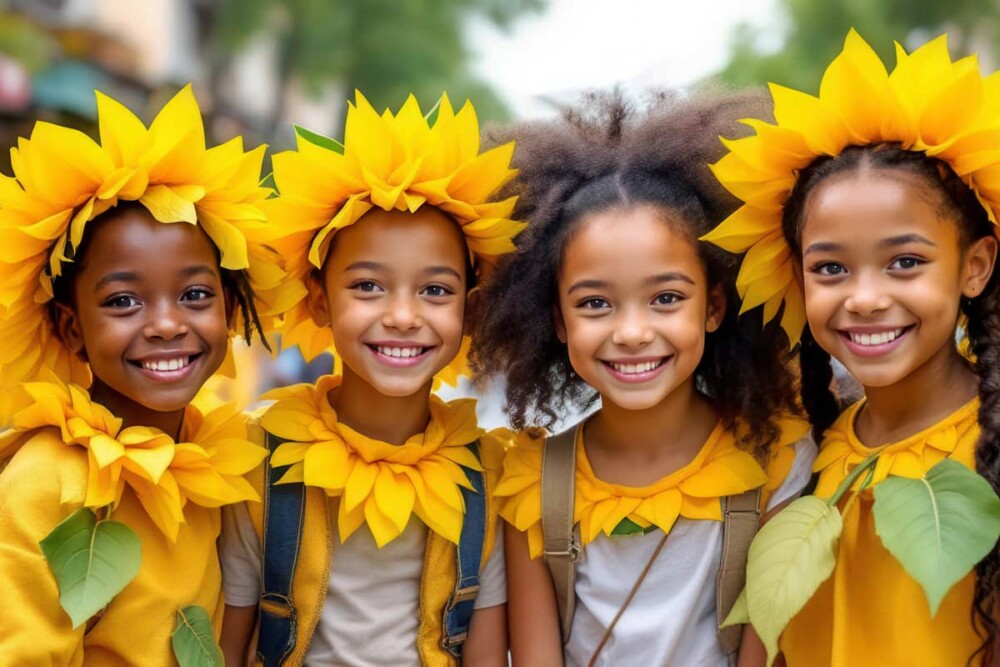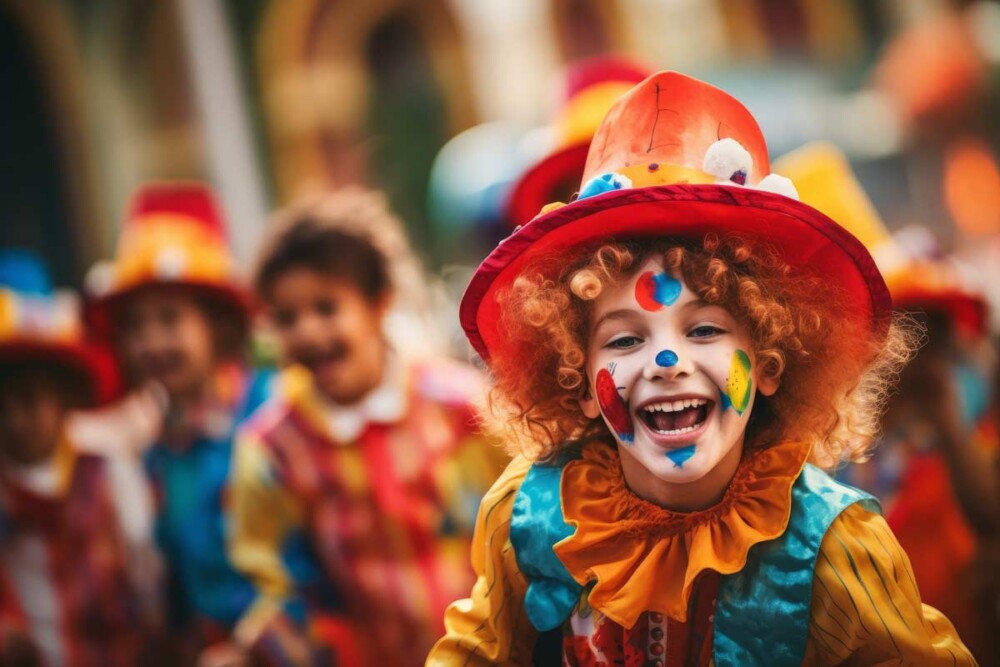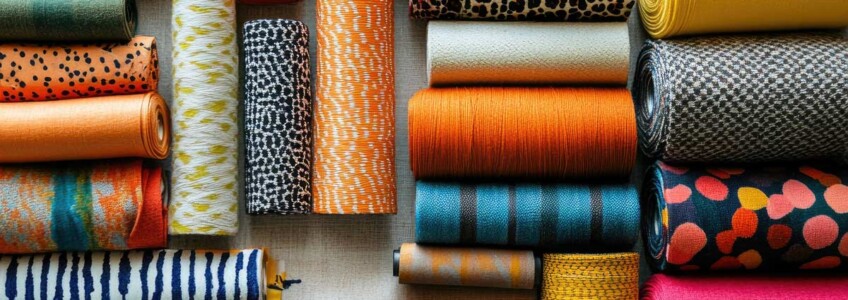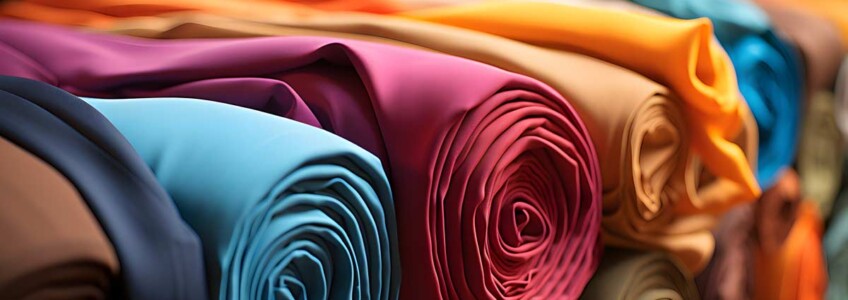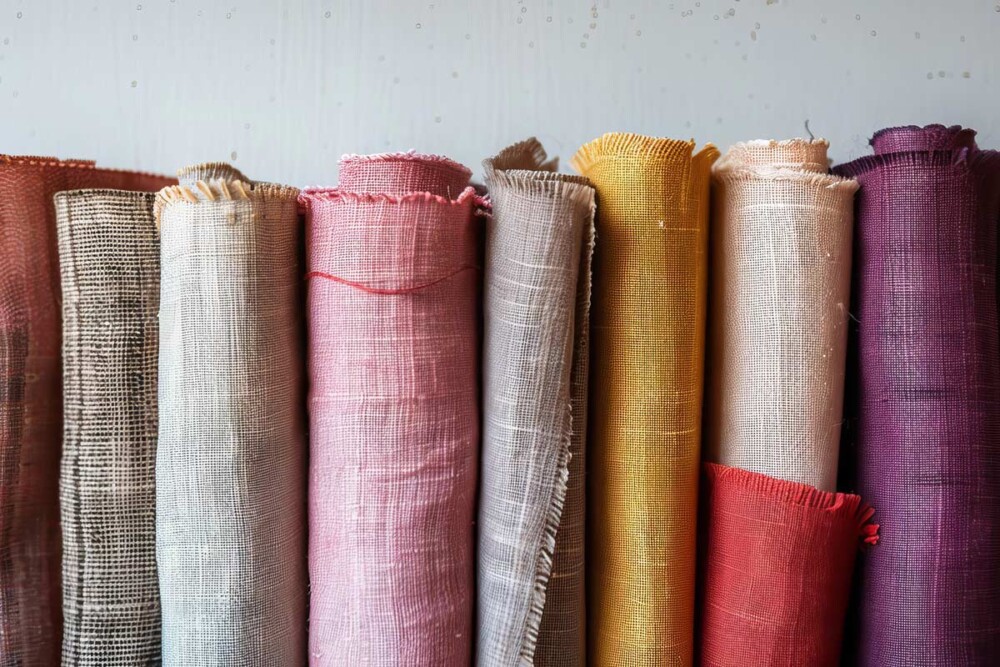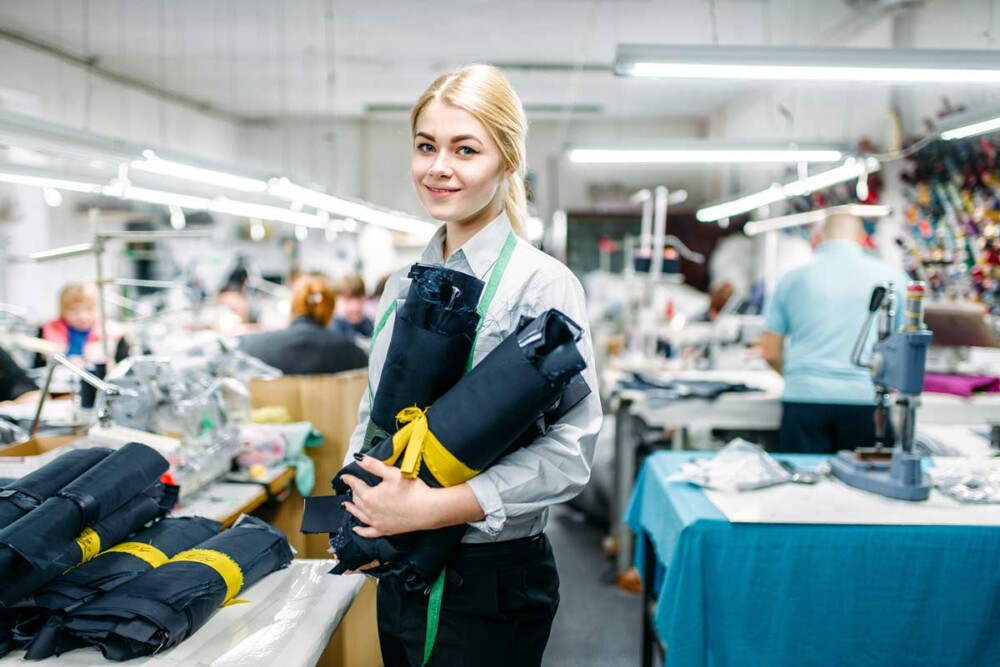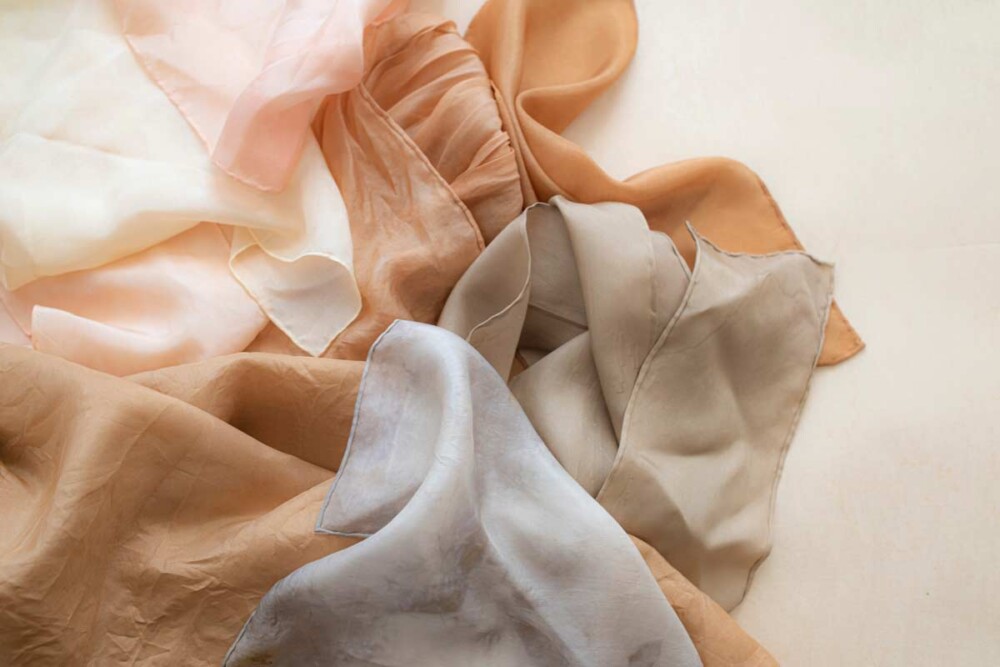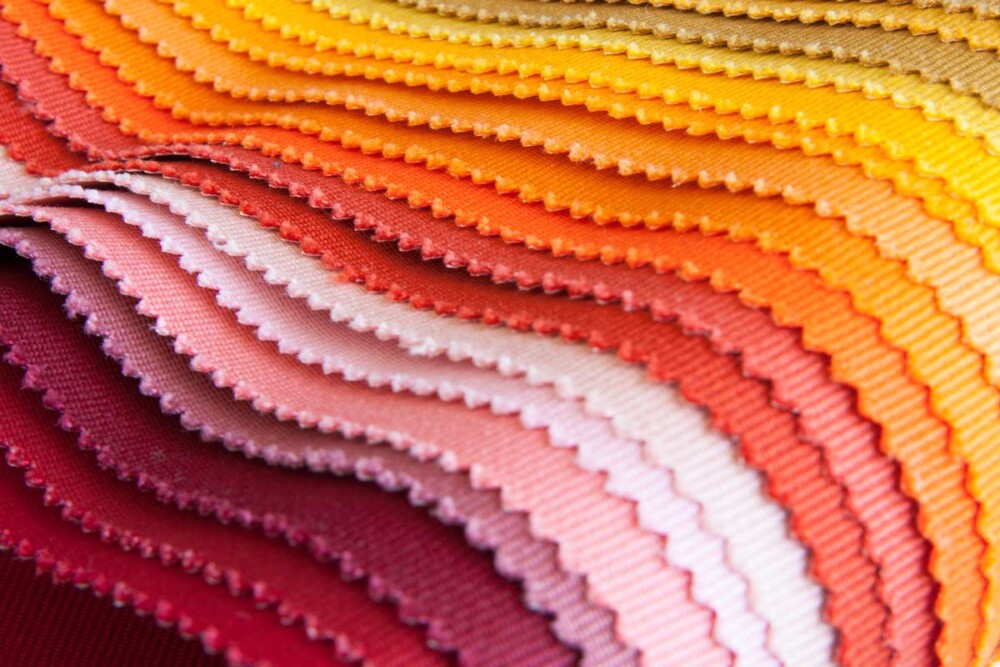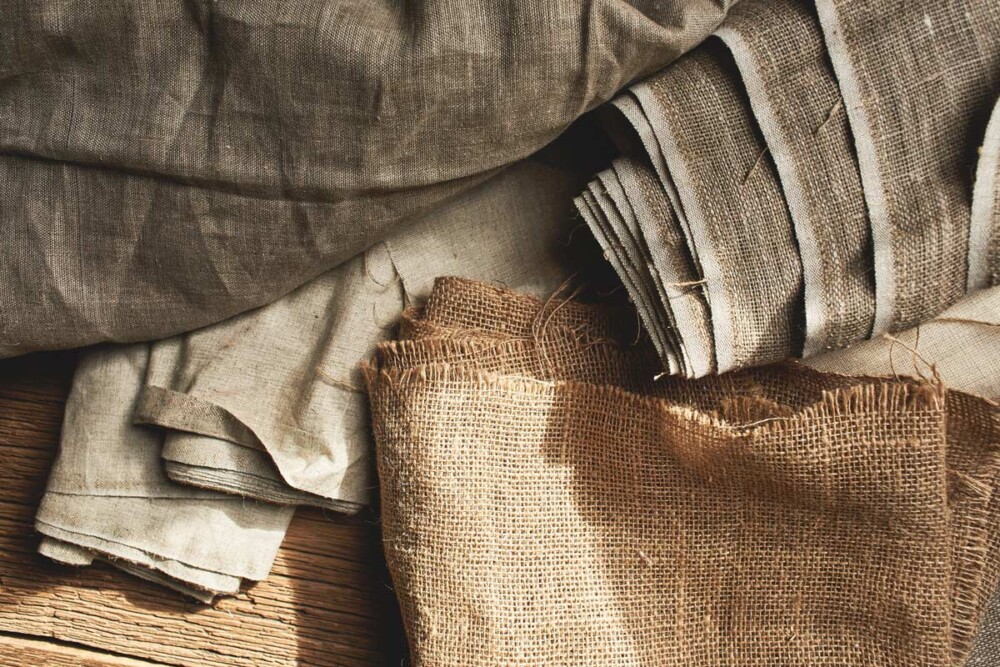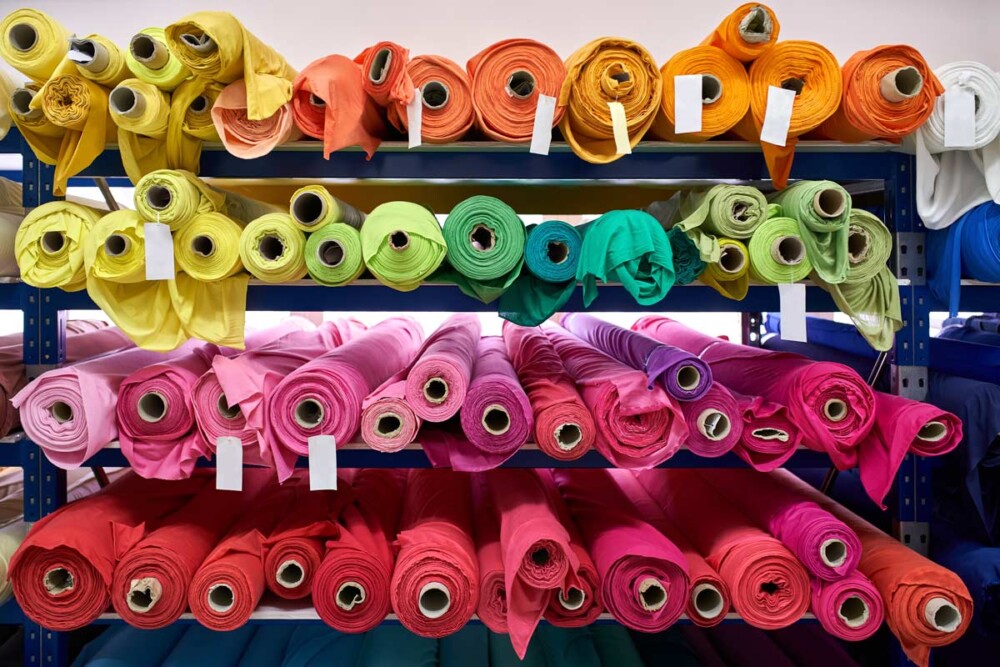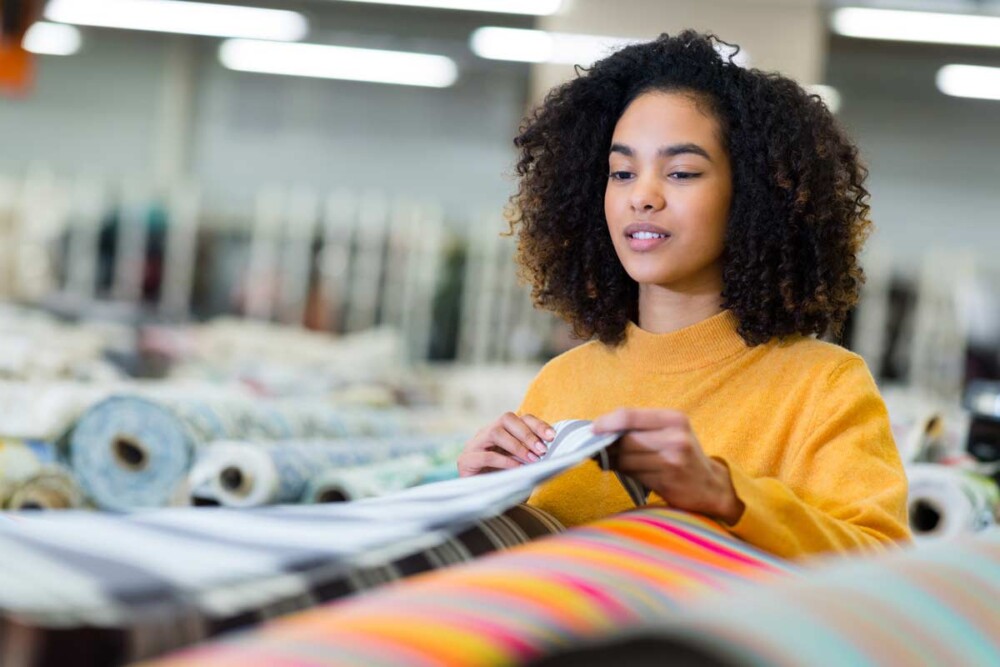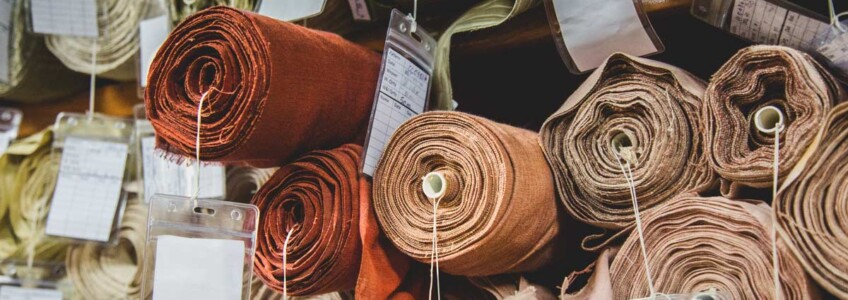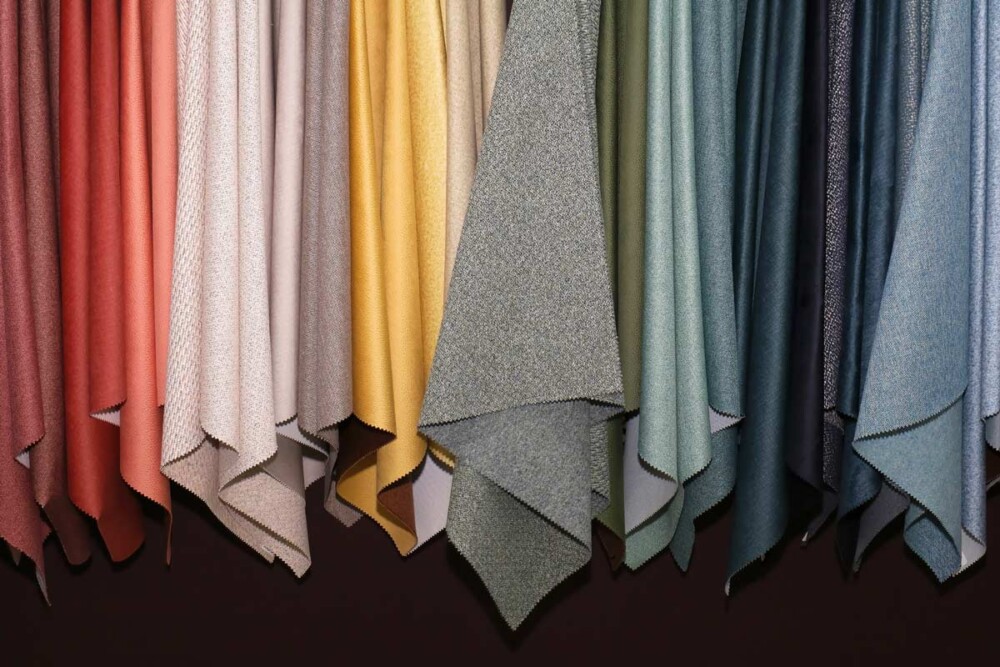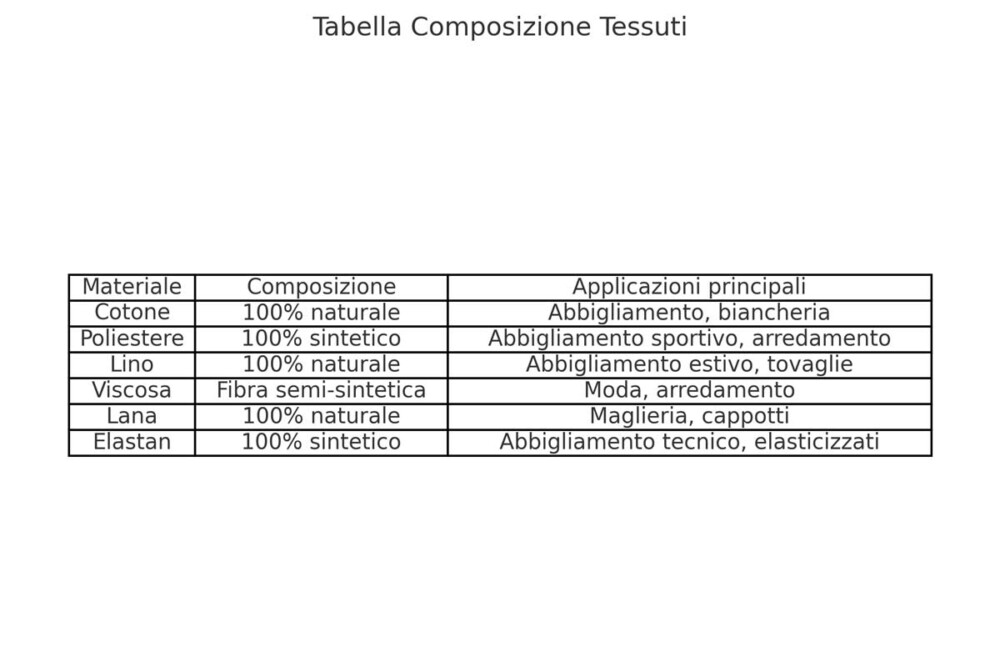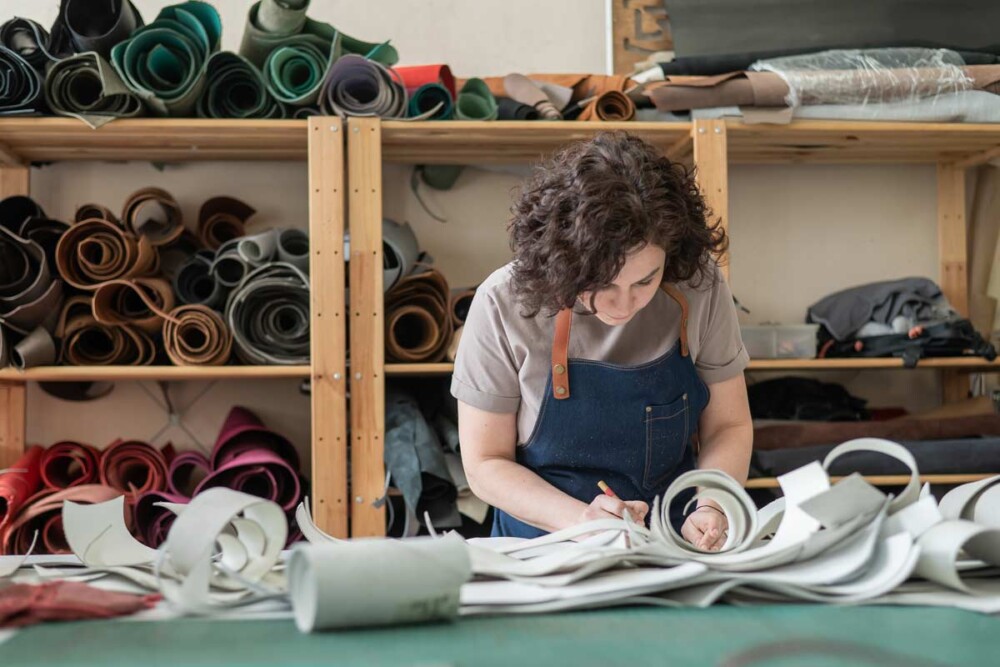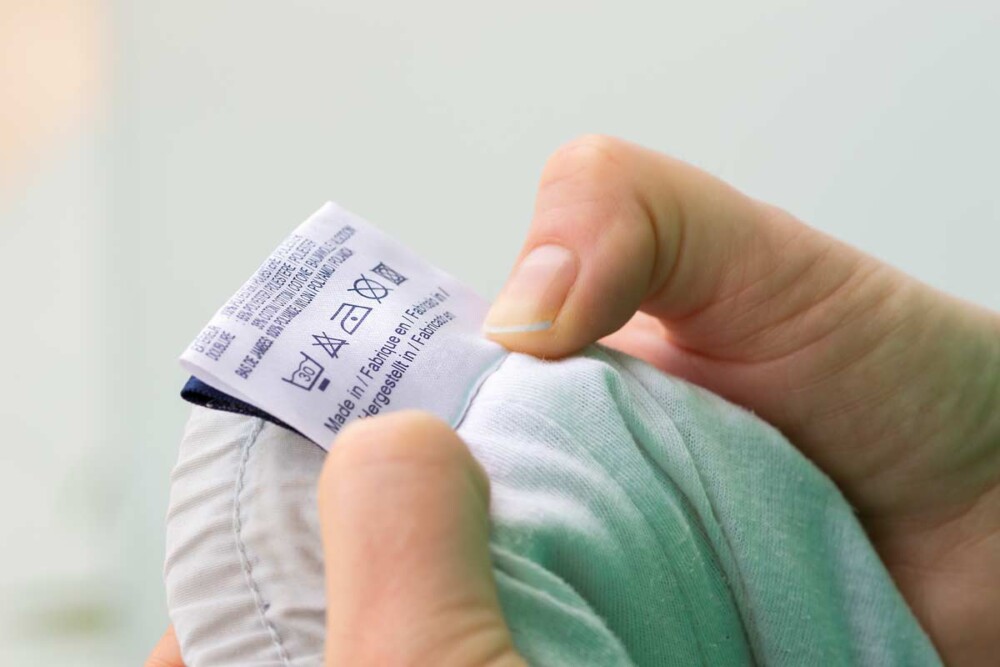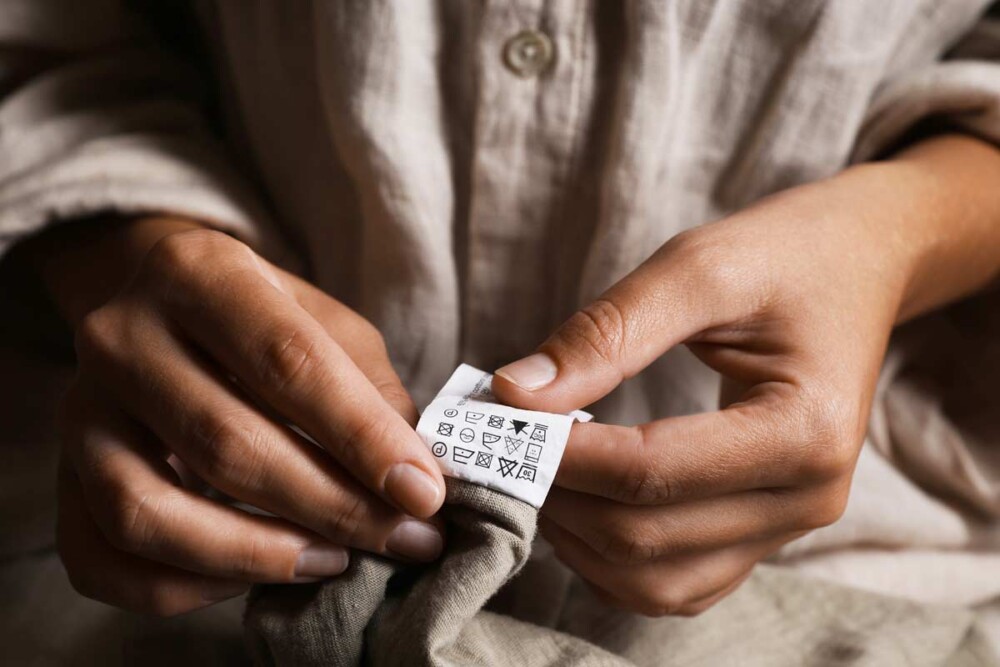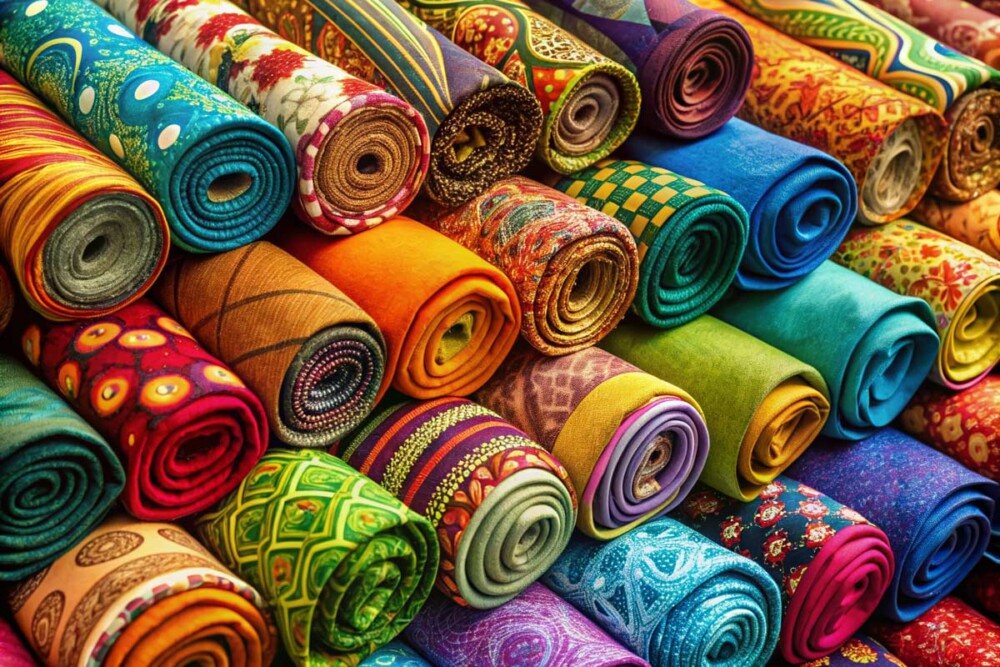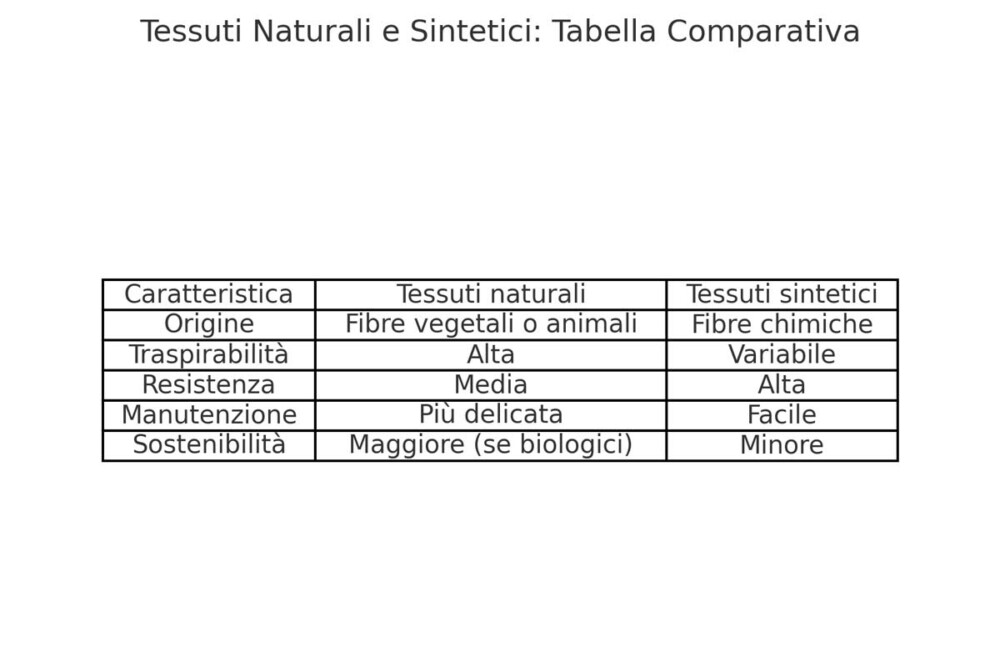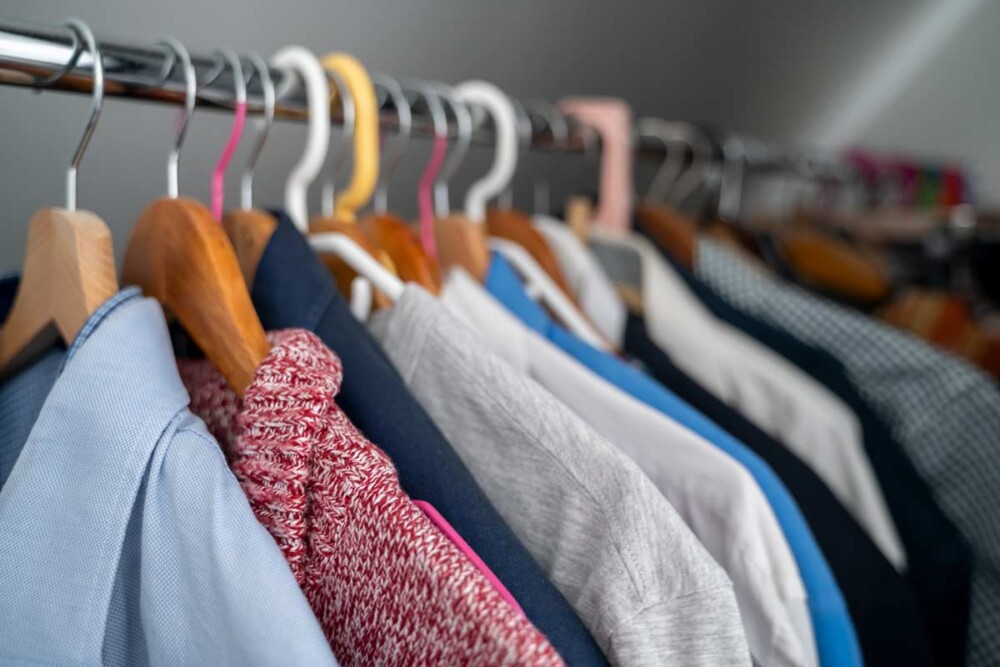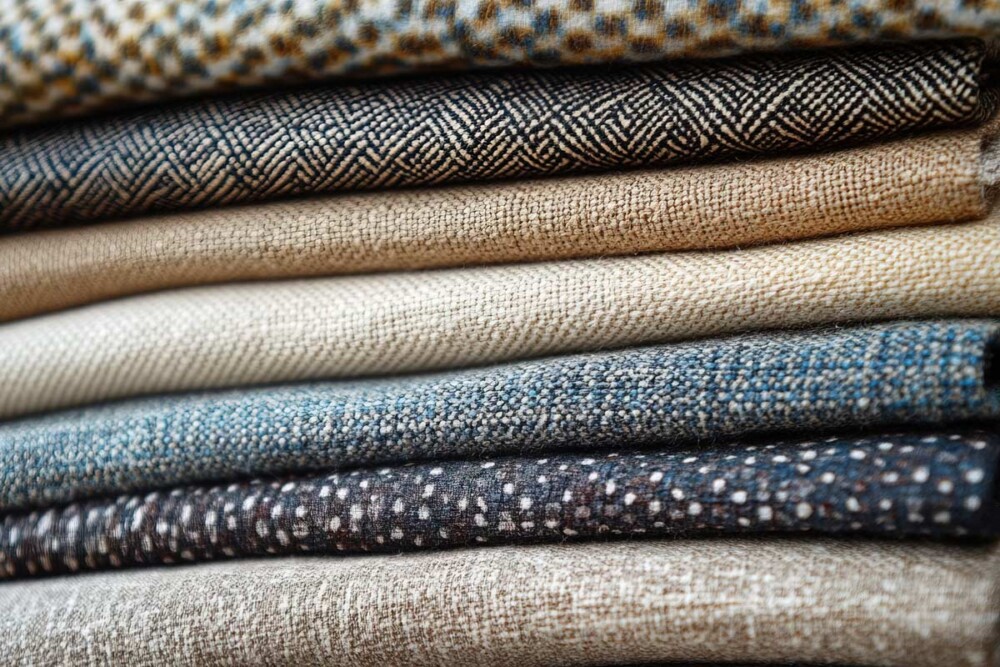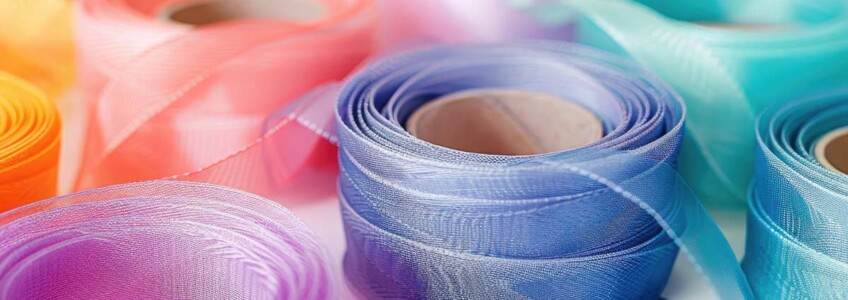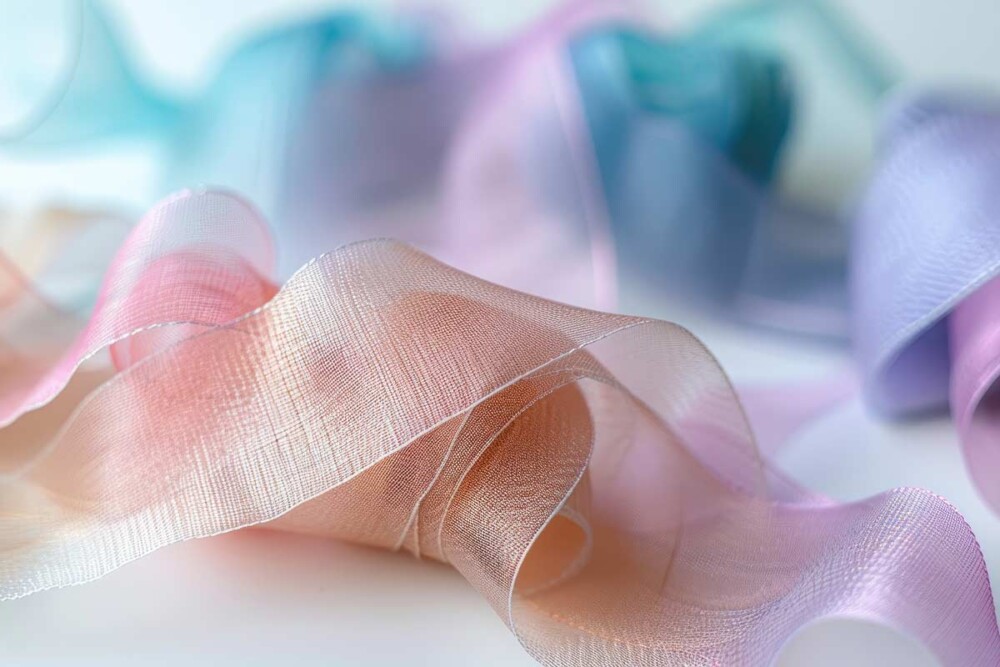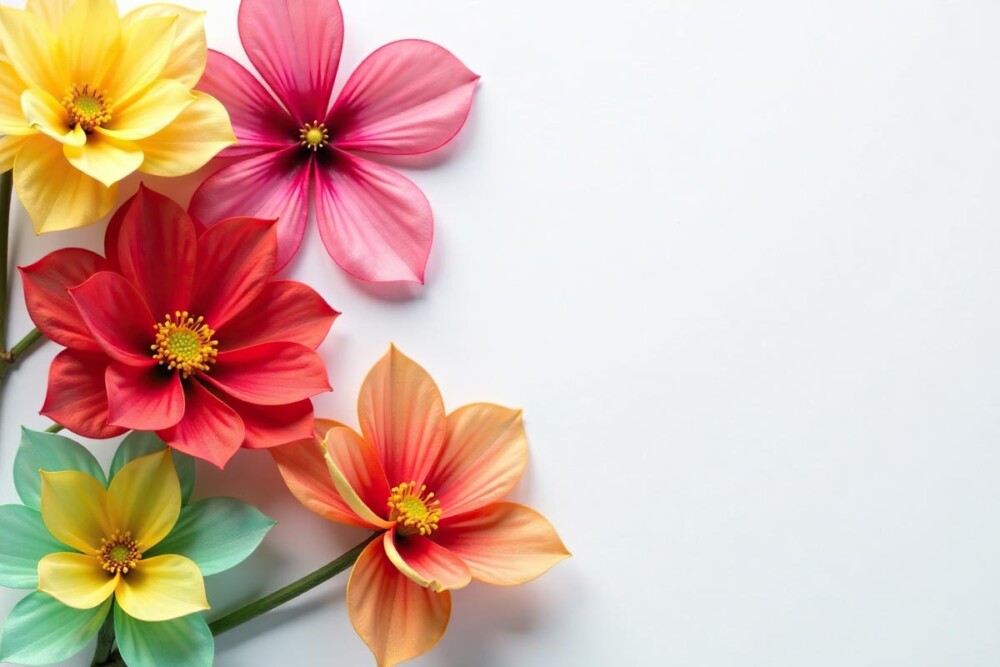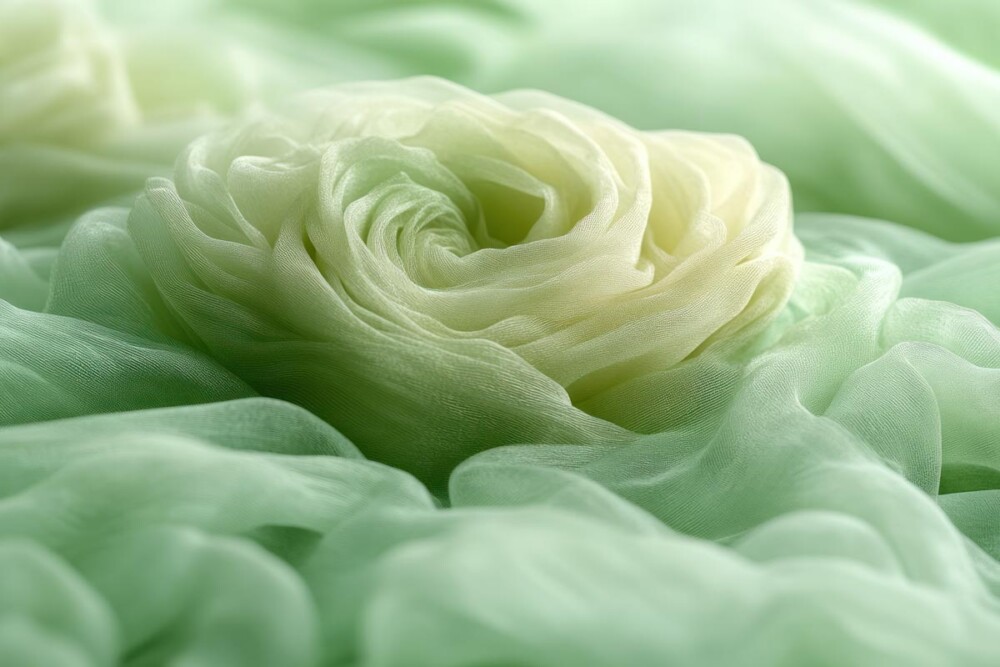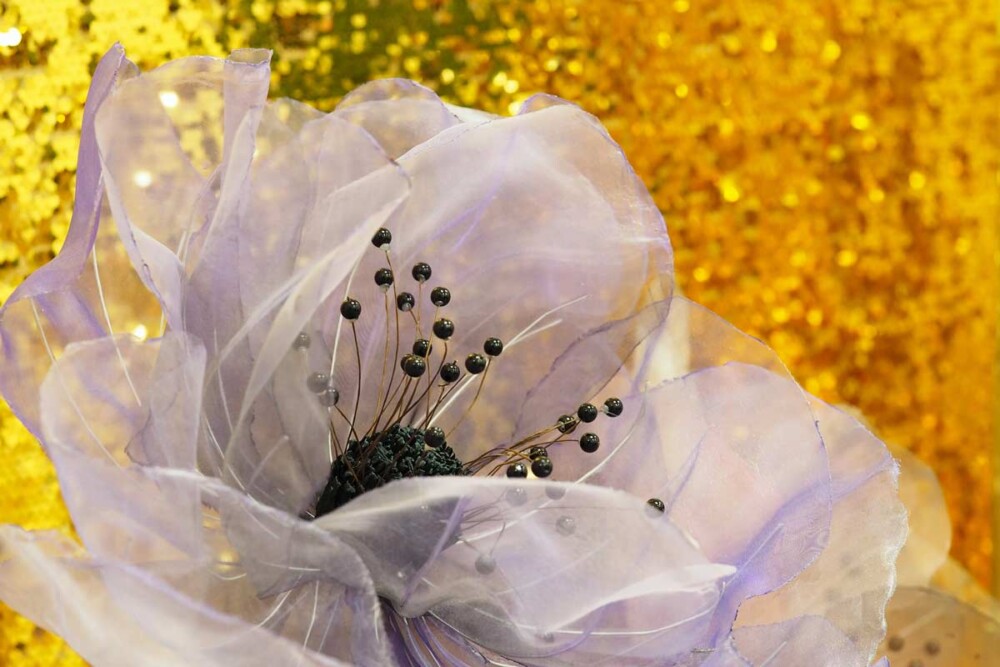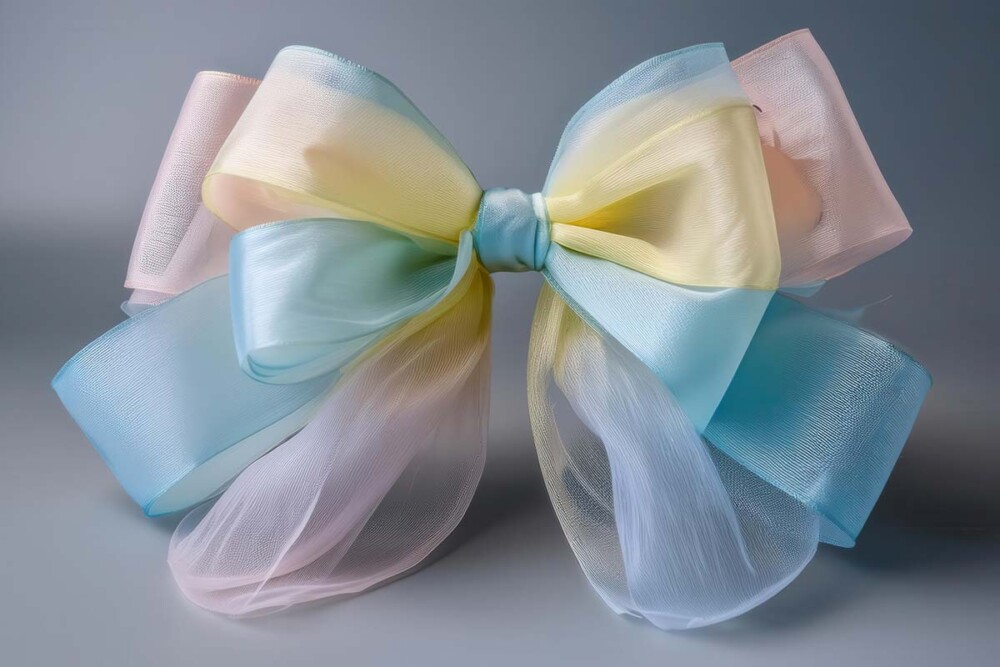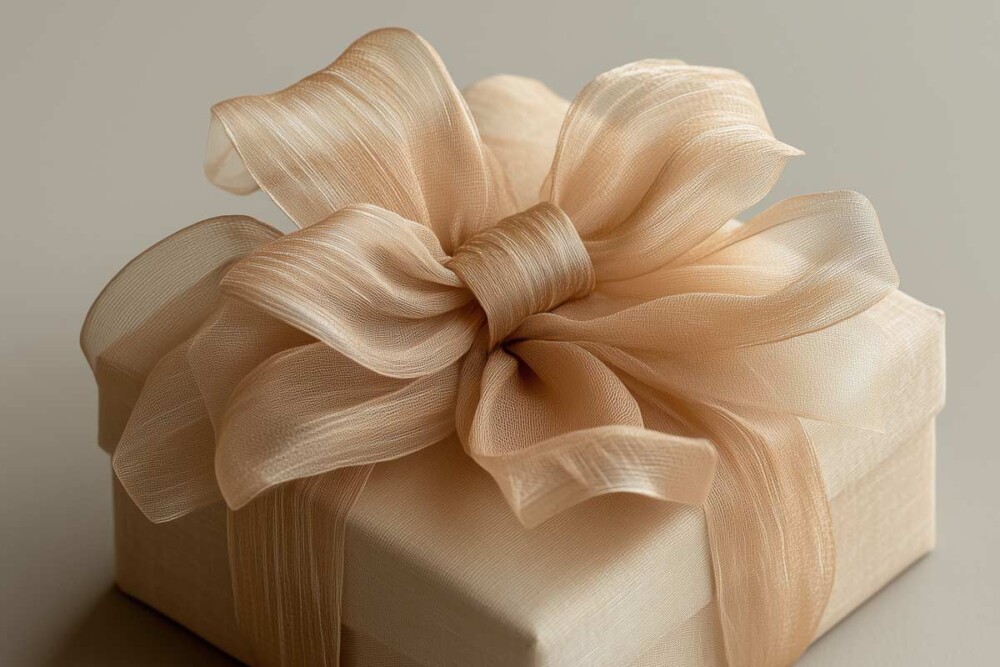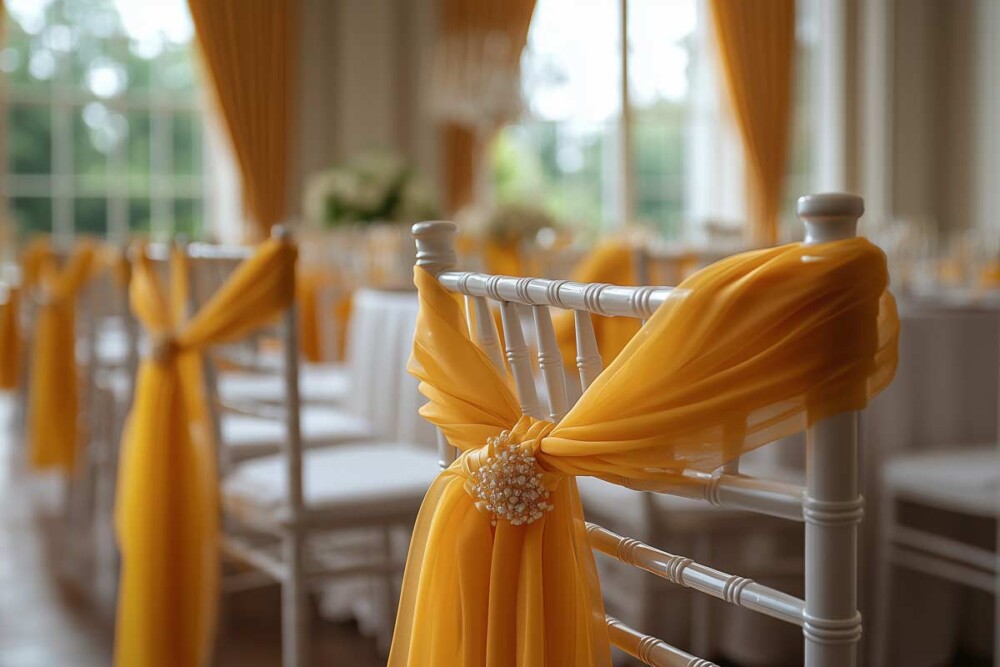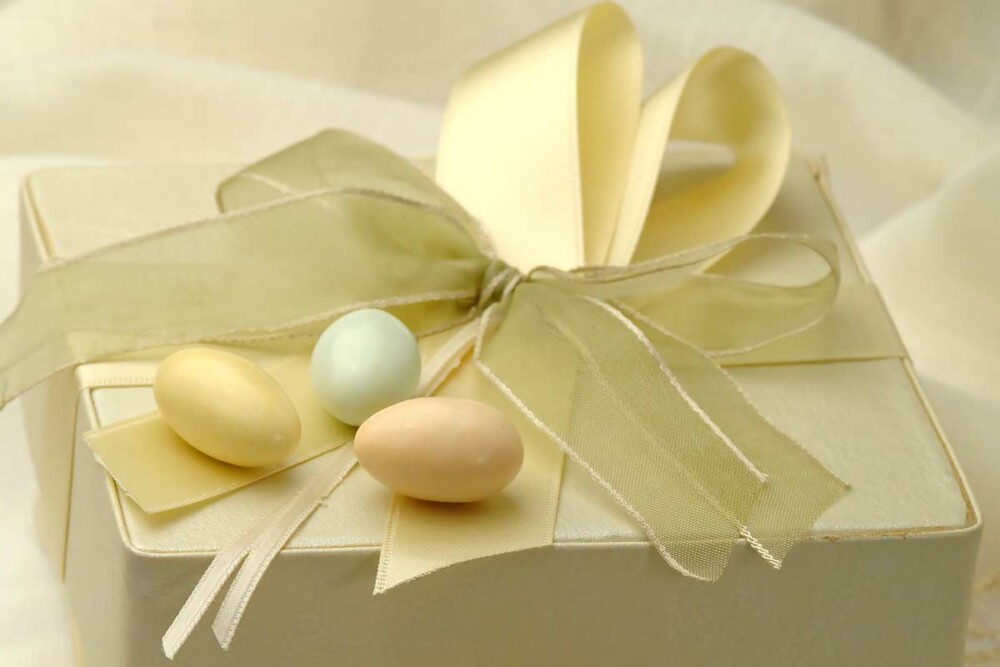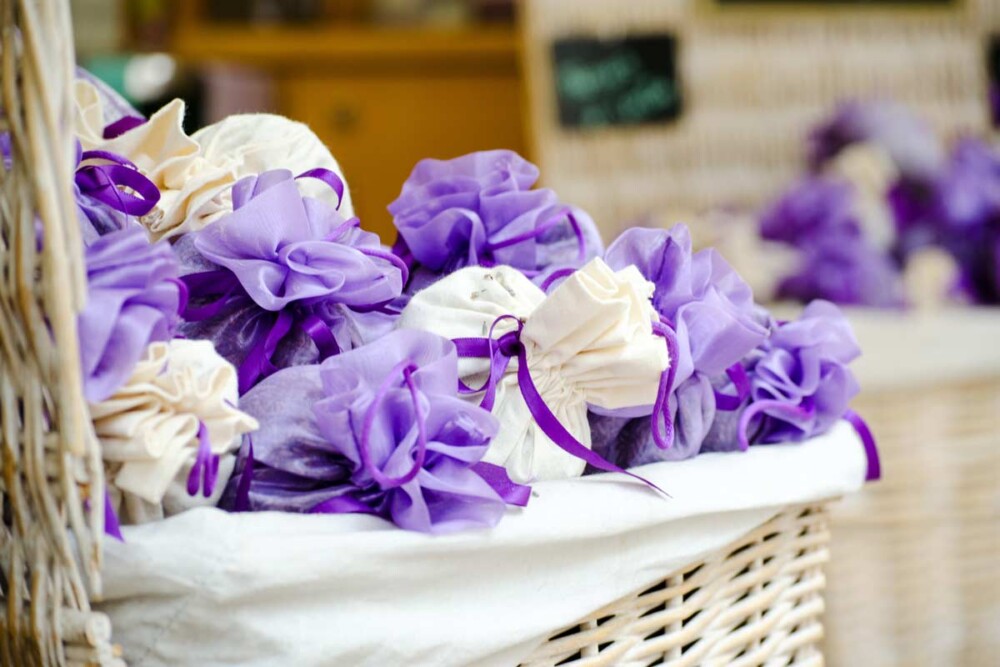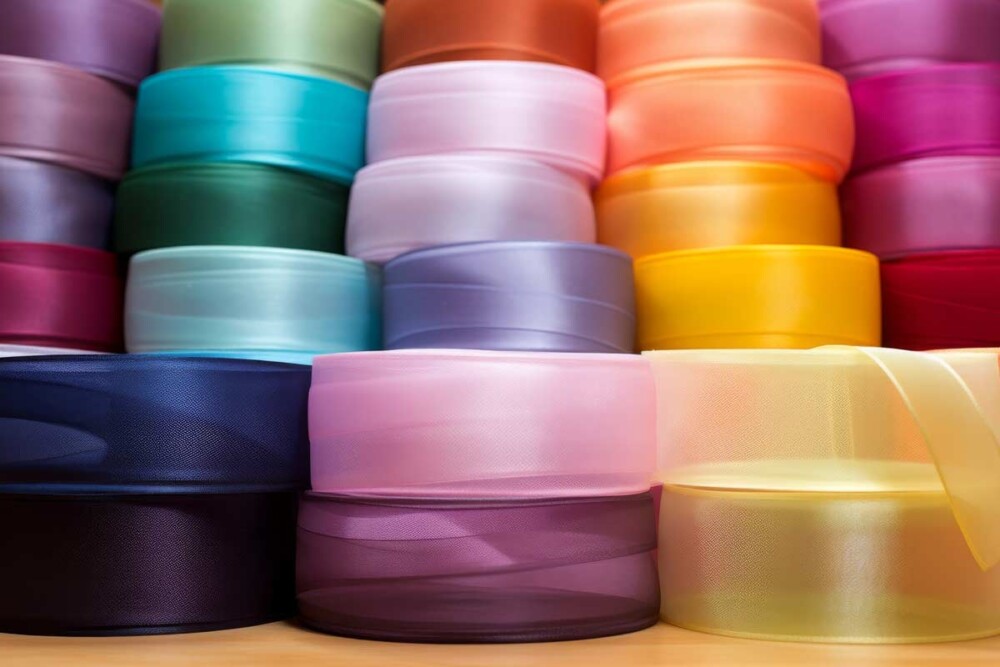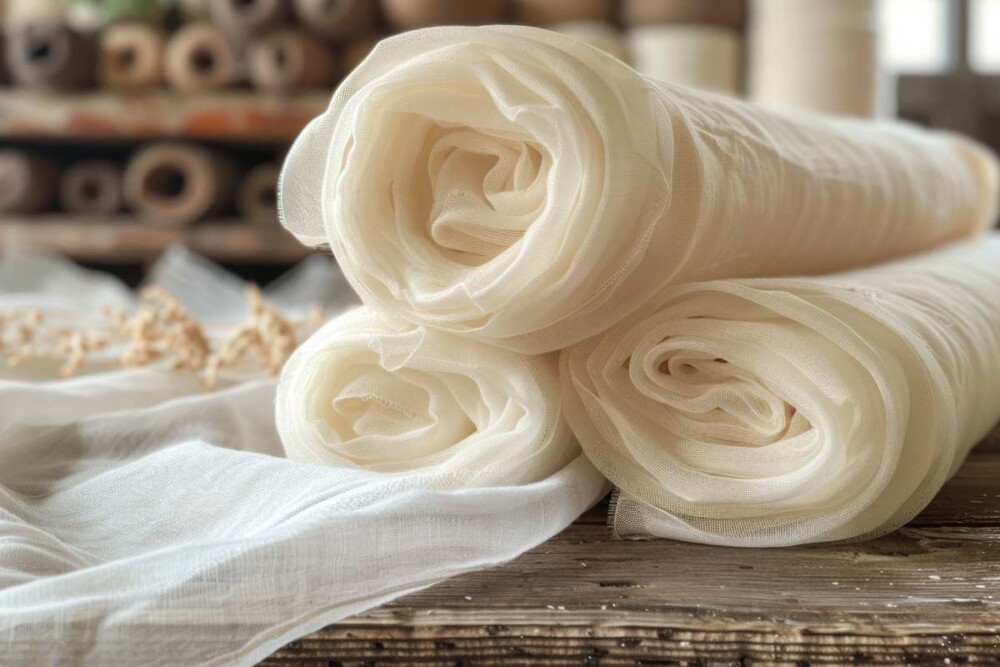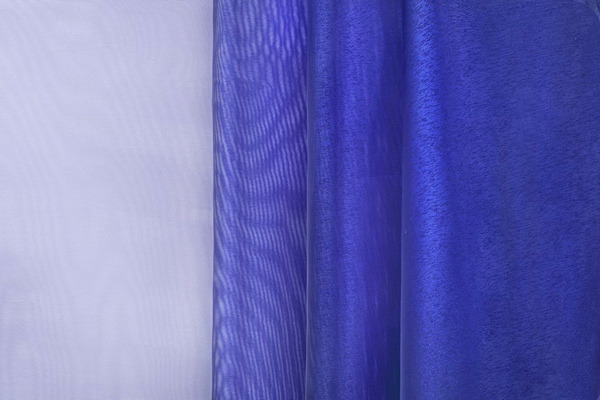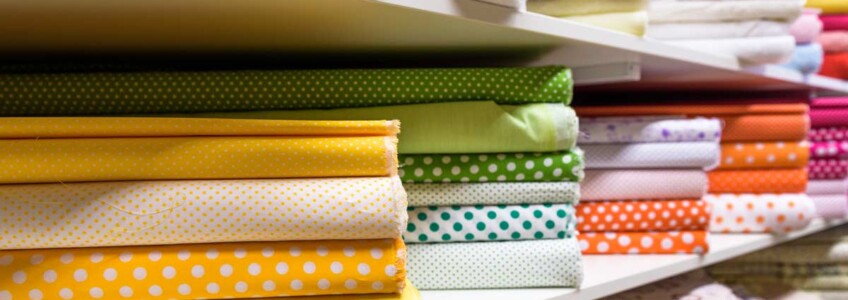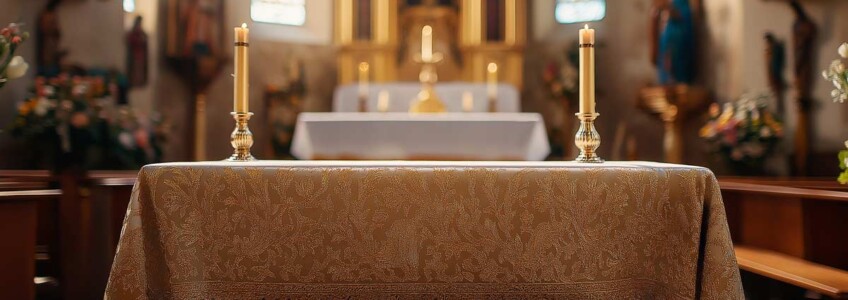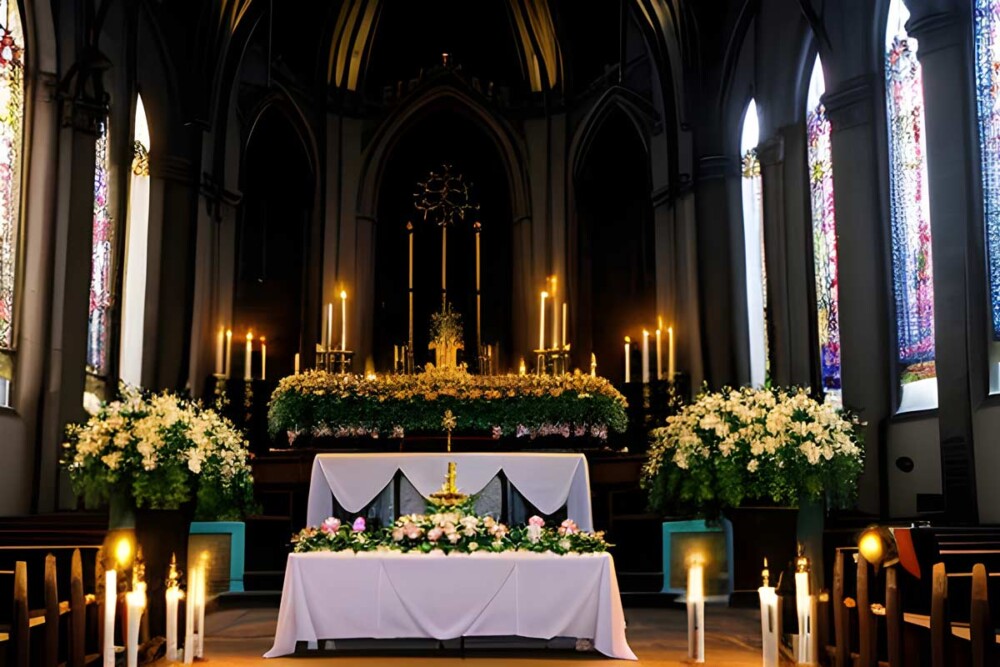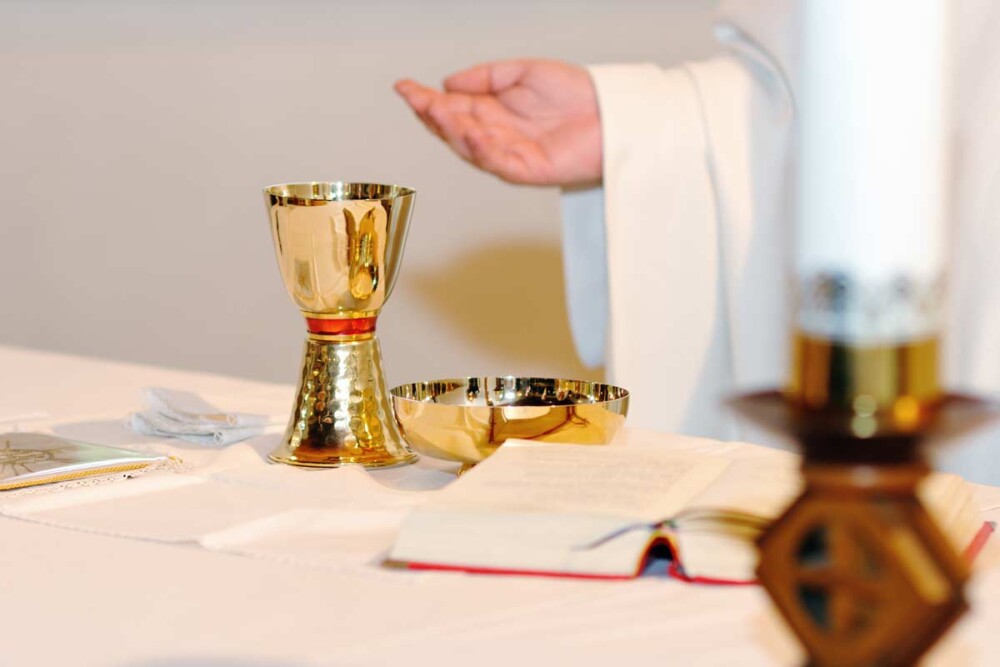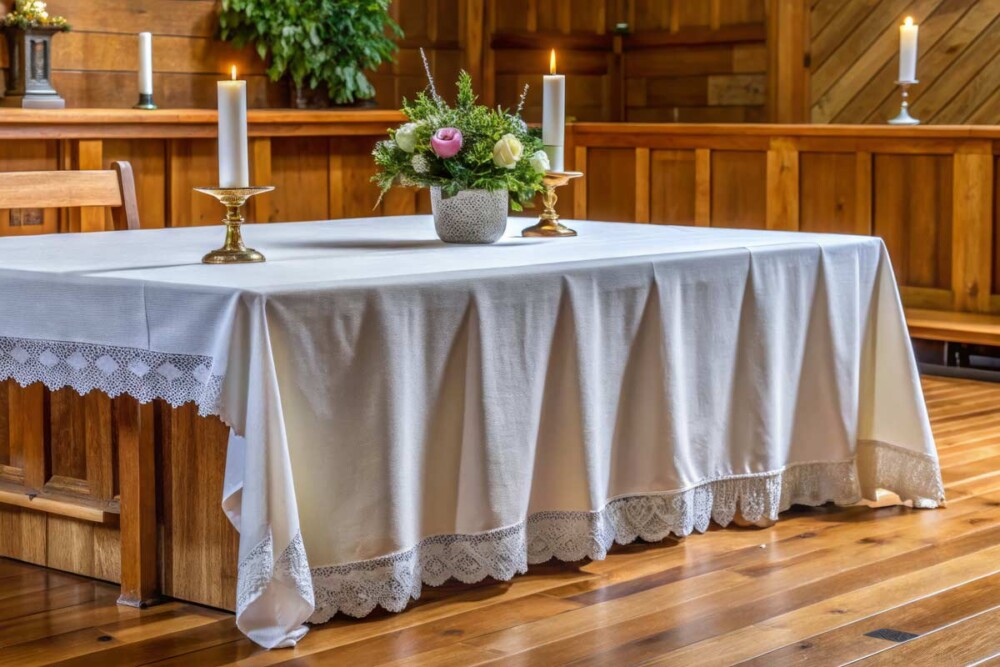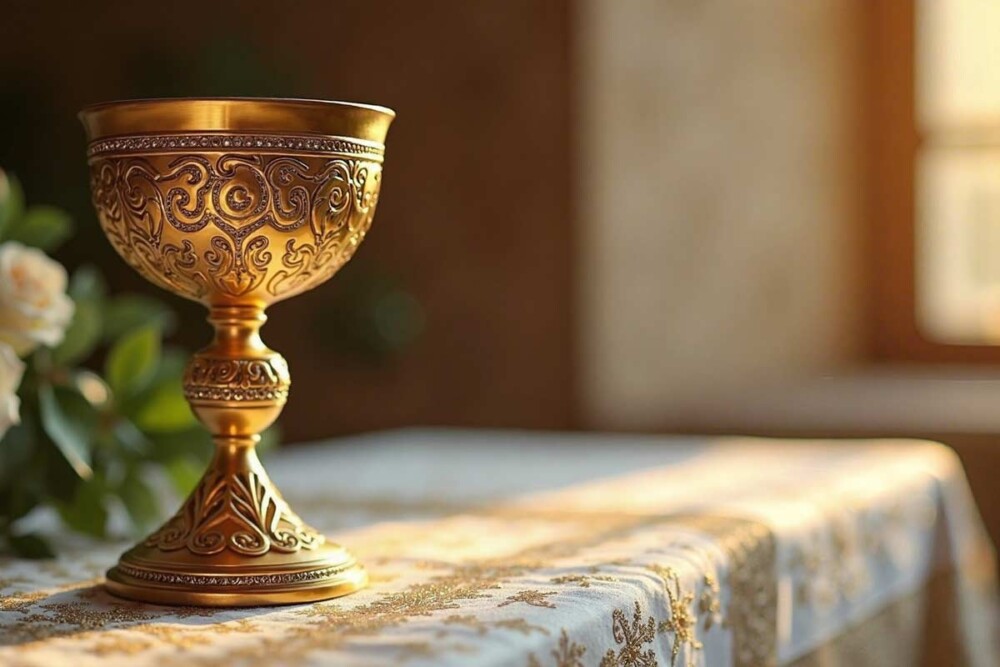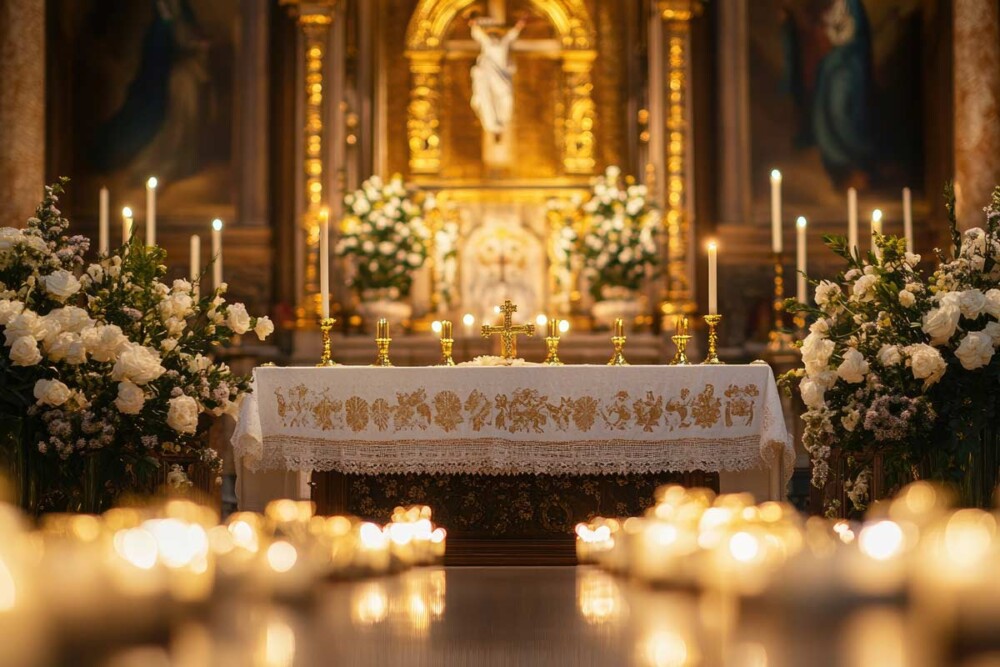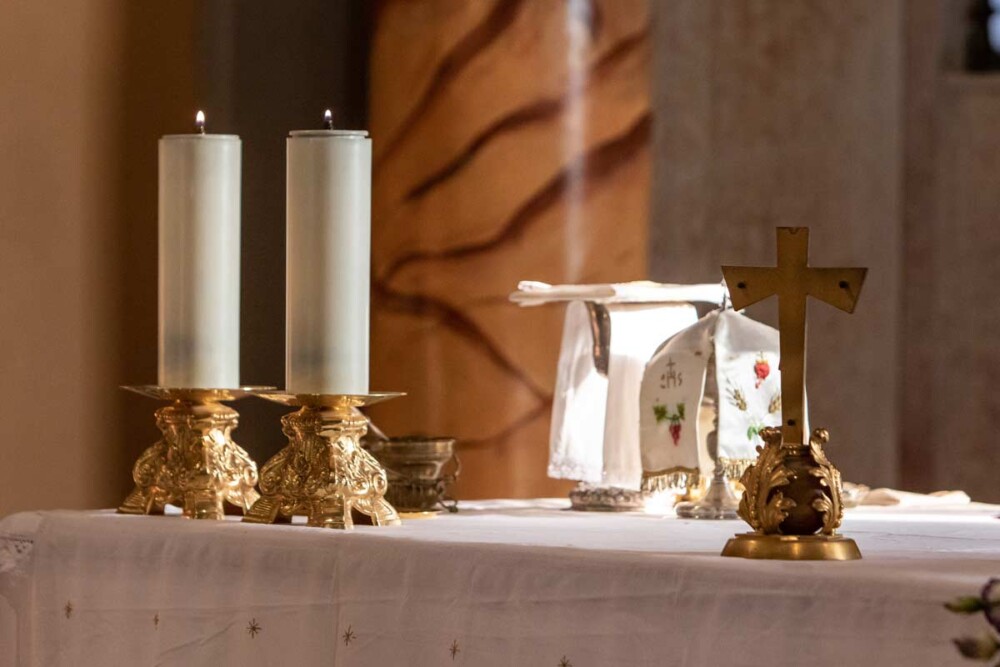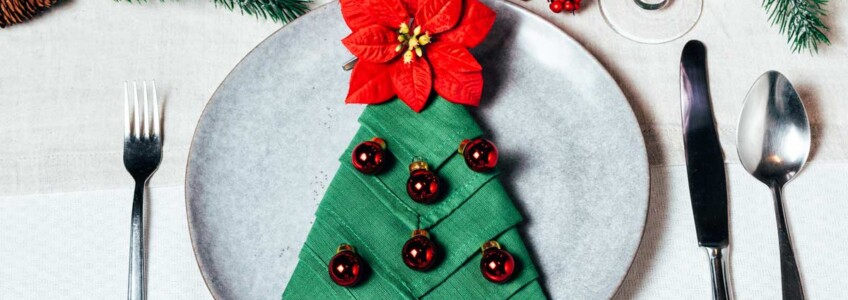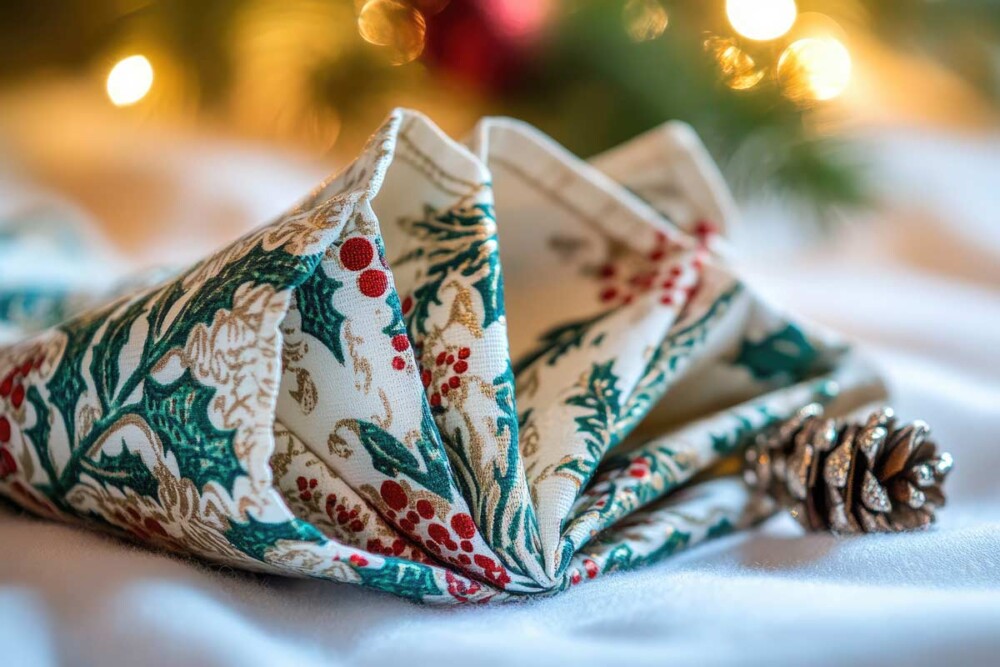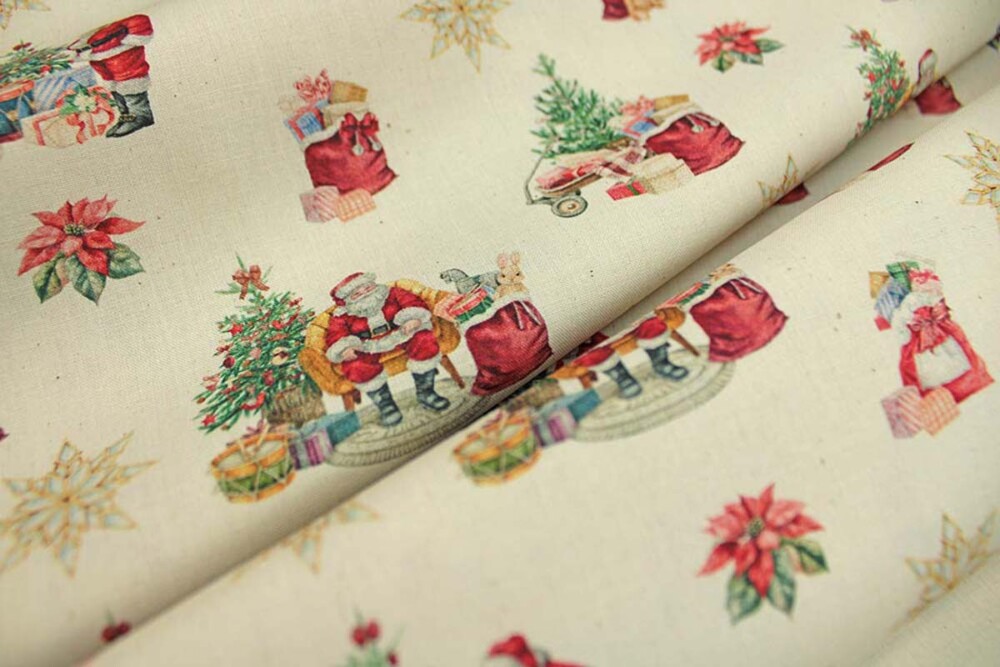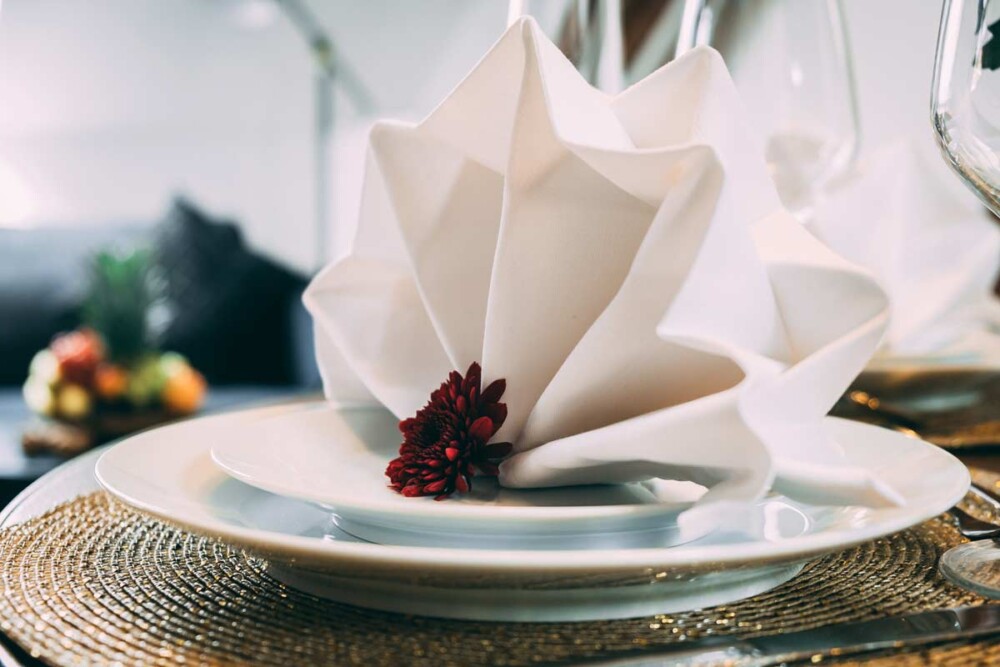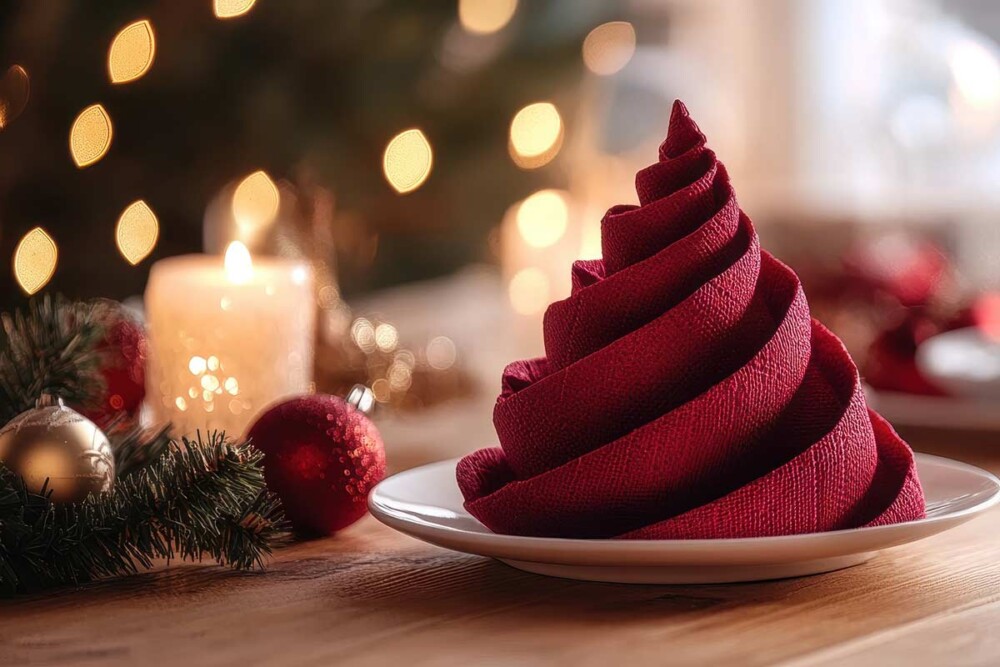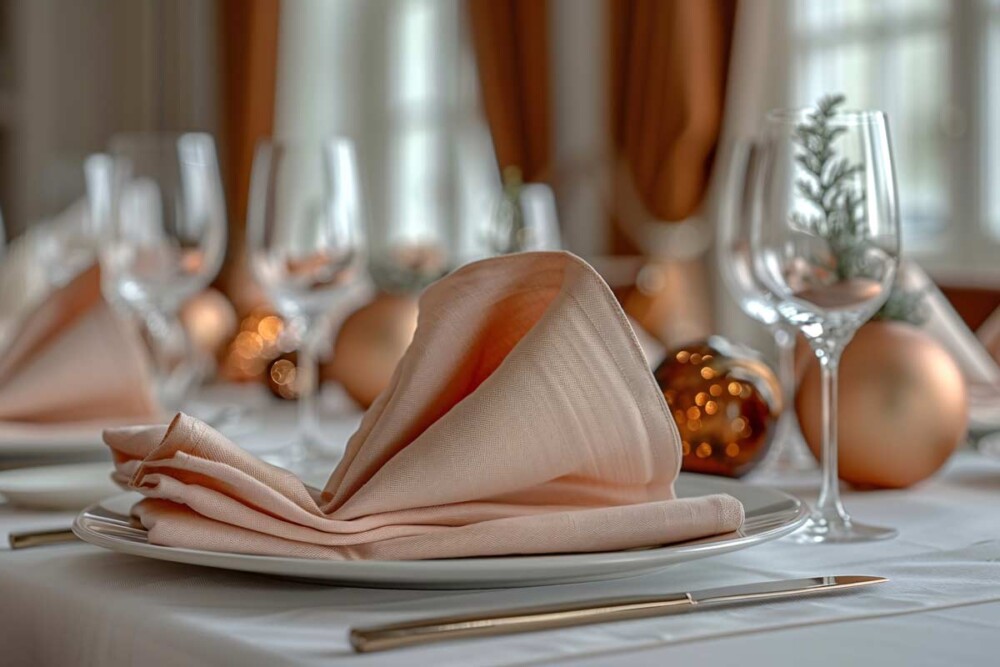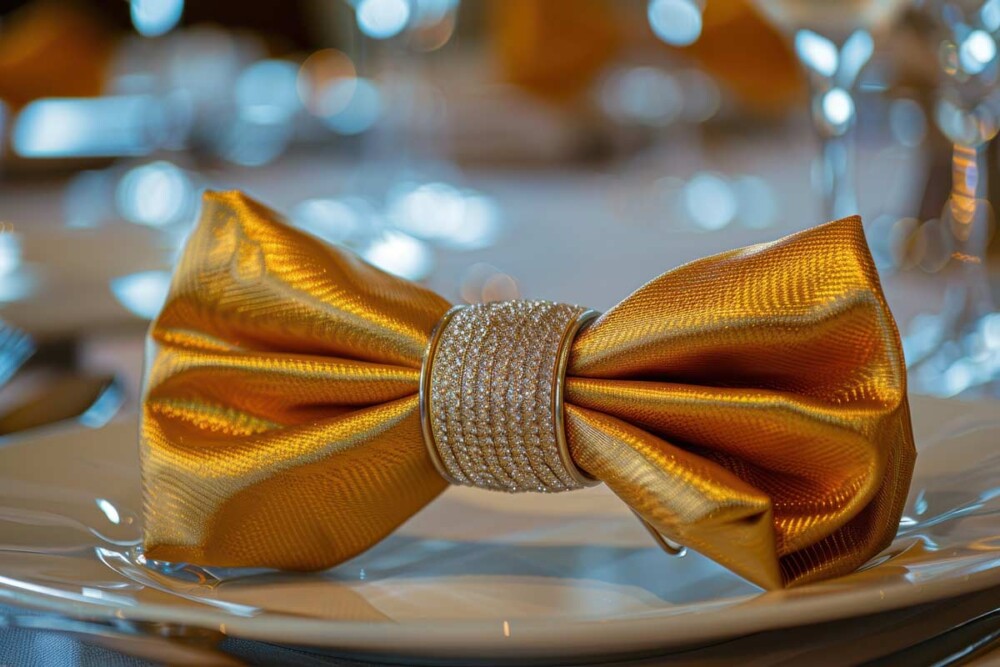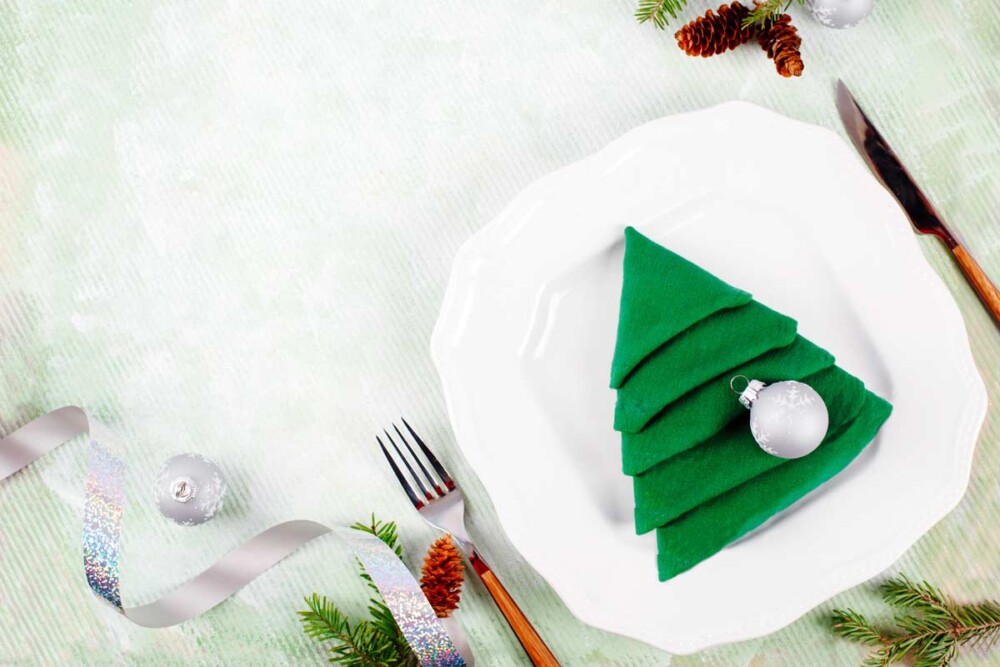A square pouf is a practical and versatile piece of furniture, able to enrich any room with a touch of style. When your fabric wears out or you simply want to renew it, a new coating can make the difference. Manifattura Foderami Cimmino tells you what you need to know to choose the right fabrics and cover your pouf in a simple and effective way.
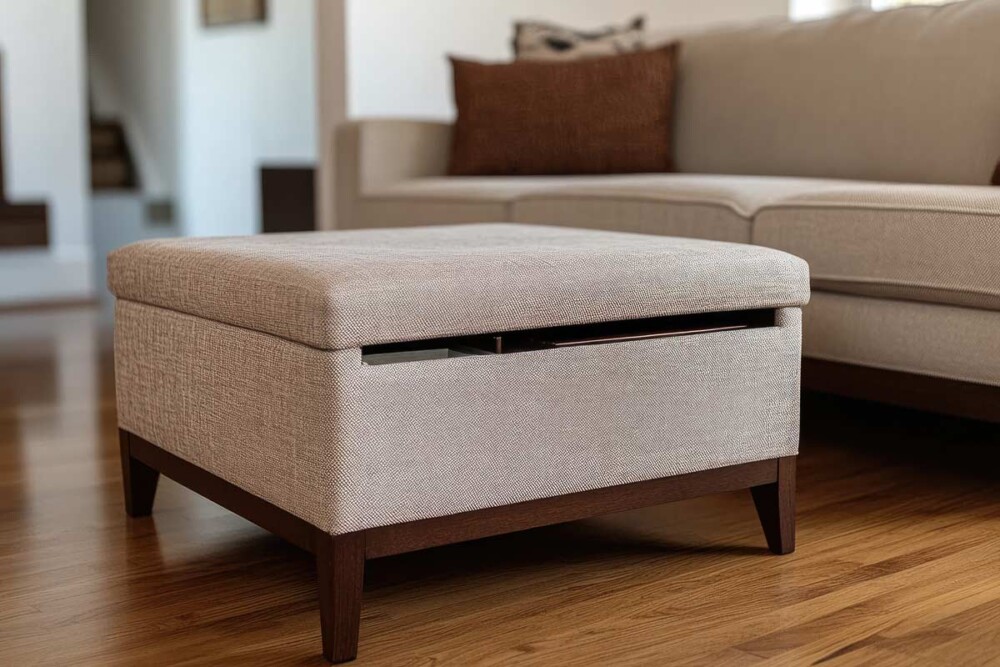
Why cover a square pouf?
Covering a square ottoman can be an excellent solution for several reasons. If the original fabric appears worn or stained, a new coating will make it look as good as new, extending its life. In addition, by changing the fabric, you can better adapt it to the style of your home, making it a harmonious element with the rest of the decor. Another important advantage is the possibility of protecting the ottoman from dust and daily wear, especially if you choose a removable and washable cover. Finally, personalizing the pouf with original materials and decorations allows you to make it unique and perfectly in line with your tastes.
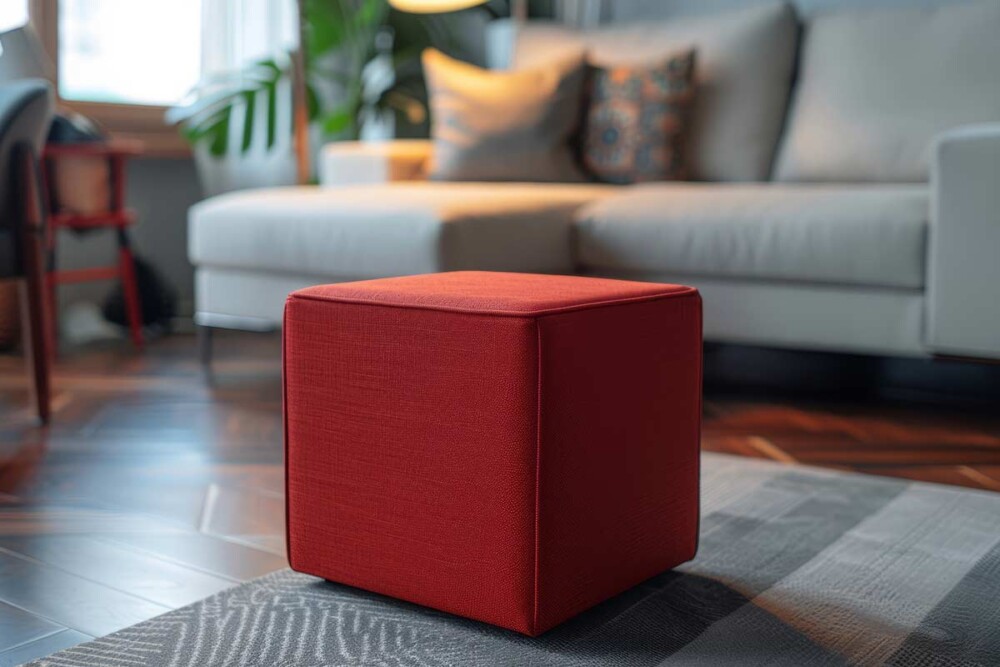
Materials needed to cover a pouf
To achieve a flawless result, it is essential to start with the right tools. The first element to choose is the fabric, which can vary according to the desired style. The velvet gives an elegant and sophisticated look, while the cotton offers resistance and ease of washing. Linen is a perfect choice for a natural and refined touch, while eco-leather ensures practicality and a modern look. If you want an original effect, you can opt for printed or patterned fabrics.
In addition to the fabric, you will need sewing scissors, tailor’s gauge, pins or sewing clips, sewing machine or needle and resistant thread. An iron will help to finish the seams, while a zipper, velcro or snaps will make the coating removable for easier maintenance.
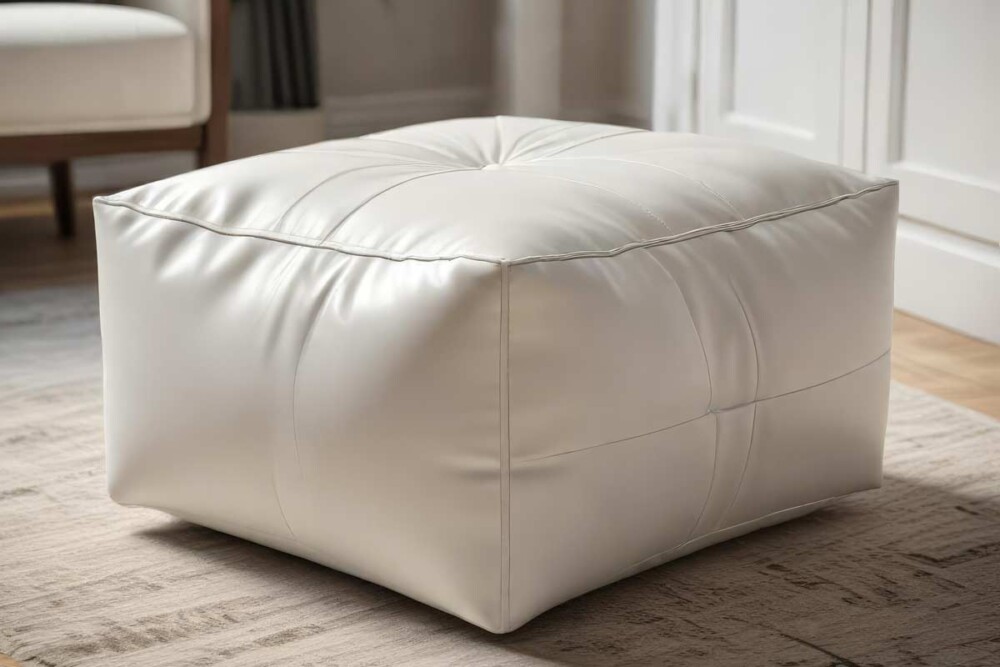
How to choose the right fabric for your pouf
Choosing the right fabric depends on both aesthetics and functionality. If you want an elegant look, the Velour Furnishing Fabric is perfect thanks to its soft and refined texture. The Panama Lyon fabric, on the other hand, is an ideal solution for everyday use, as it is resistant and easy to wash. If you are looking for a rustic and natural effect, the Fabric Sofa Opis is an optimal choice. Those who prefer a modern and practical look pouf, to be combined with a sofa in faux leather or leatherette, can opt for the Andromeda fabric, which is easy to clean and very resistant. For a more creative result, instead, you can select printed or patterned fabrics, adding a touch of originality to your pouf.
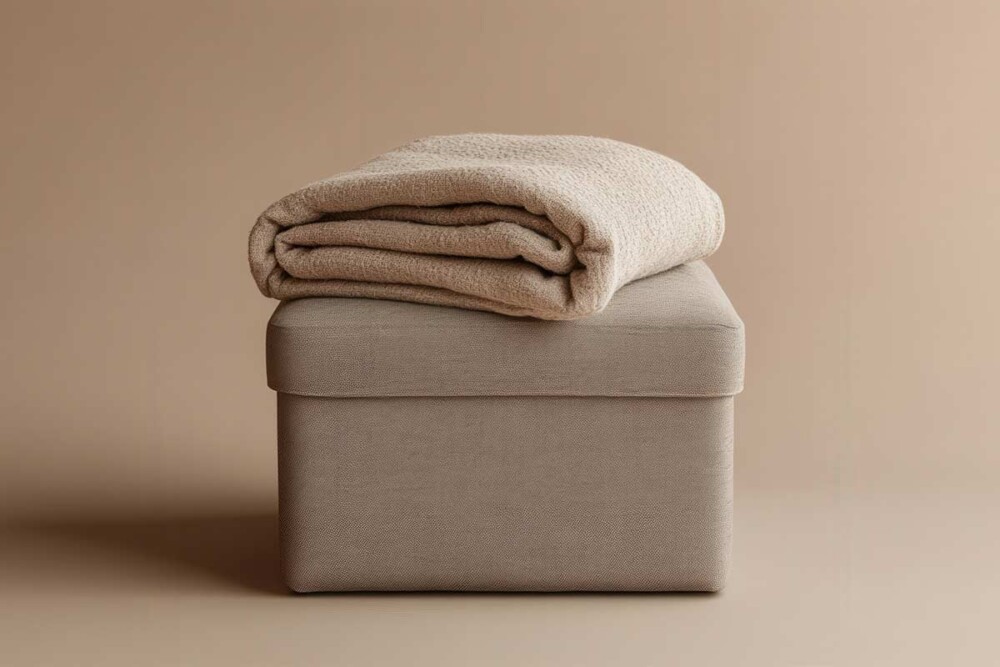
Step by step guide to cover a square pouf
The first step is to take the measurements of the ottoman, considering width, depth and height. It is important to add a few extra centimeters for the seams, in order to obtain a precise and well-fitting result.
Once the measurements are obtained, the fabric is cut. Using a cloth plaster or a erasable pen, mark the dimensions on the fabric and cut out the various pieces needed: one square for the top and four rectangles for the sides. If you want a completely closed cover, you can also add a square for the base.
After cutting out all the pieces, we proceed to assembly. Place the fabrics in the right position and secure the parts with pins or sewing clips. By sewing the sides together and then adding the top, you will shape the new coating. If you have chosen to make a removable cover, be sure to leave one side open for a zipper, velcro or snaps.
Once the seam is complete, it is useful to iron the seams for a more neat and professional effect. If you want to further enrich the coating, you can add decorative details such as edging or trimmings.
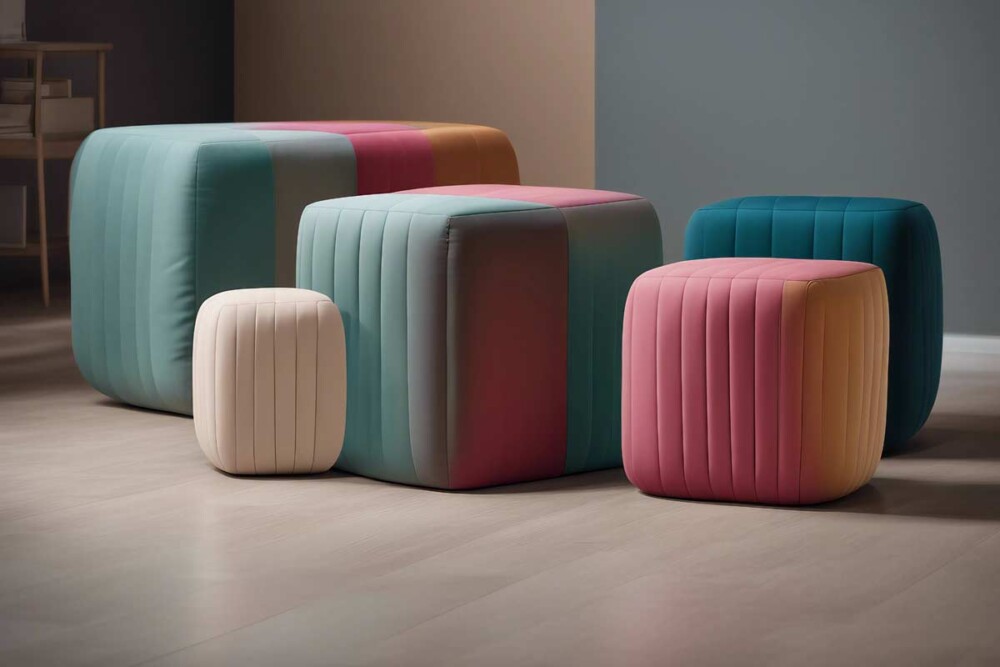
Tricks to achieve a professional result
To ensure a well-made coating, it is important to choose quality upholstery fabrics and pre-wash them before processing, so as to avoid shrinkage after the first wash. When sewing the parts, make sure to keep the seams straight and sturdy for a more durable result. If the pouf is too stiff, you can add an extra layer of padding between the fabric and the frame to improve comfort.
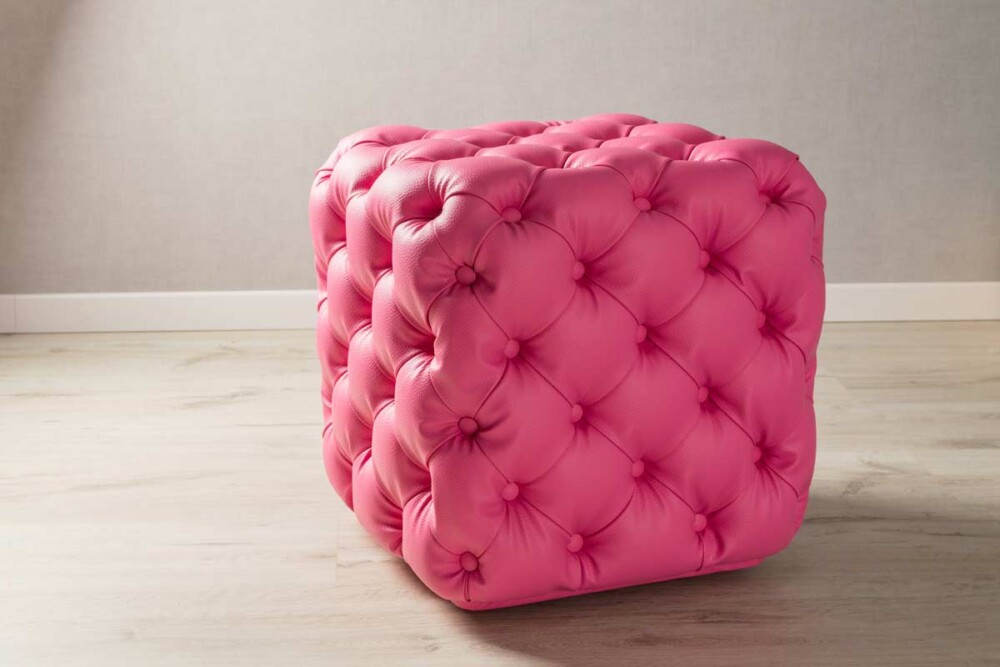
Creative ideas to personalize your pouf
An original way to make the pouf unique is to create a patchwork upholstery, using different fabrics to achieve a dynamic and colorful effect. If you love DIY, you can embellish the coating with embroidery or decorative applications. Another interesting idea is to add side pockets, useful for storing remote controls or small objects. If you prefer a boho-chic style, you can decorate the cover with fringes or pompons. Finally, for a versatile solution, you can make a double-sided coating, with one side suitable for the summer season and another warmer for the winter.
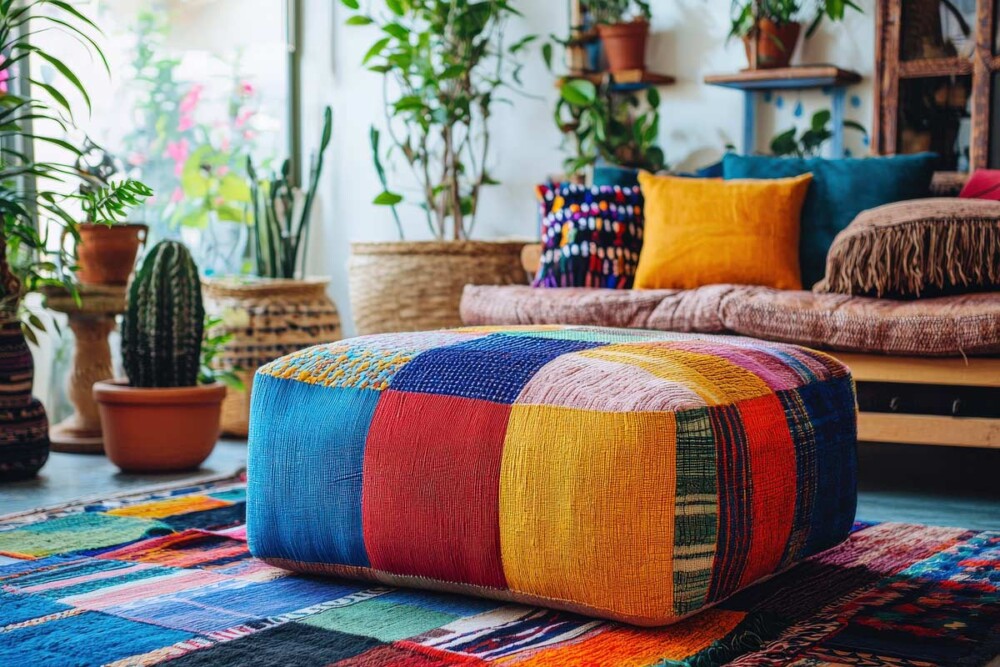
How to keep the ottoman always in good condition
To preserve the new coating for a long time, choose washable fabrics and wash them regularly according to the specific instructions. Frequent vacuuming will help remove dust and animal hair, while immediate stain treatment will prevent permanent damage. A further trick is the application of a waterproofing spray, particularly useful for delicate fabrics.
Following these tips and choosing the best fabrics online on CimminoShop, you can keep your pouf always in perfect condition and adapt it to your style, transforming it into a unique and personal piece of furniture.



